Disclosure: Joyfully Domestic may earn a commission for purchases made after clicking links on this page. View our disclosure policy for details.
In this post, I’m sharing our Traditional Catholic + Classical Charlotte Mason homeschool curriculum picks for 2025 – 2026.
This year I have my last formal student joining us and we will be a combination of Form 1 + Form 2 (years 1, 4, and 6), as well as a special needs child.
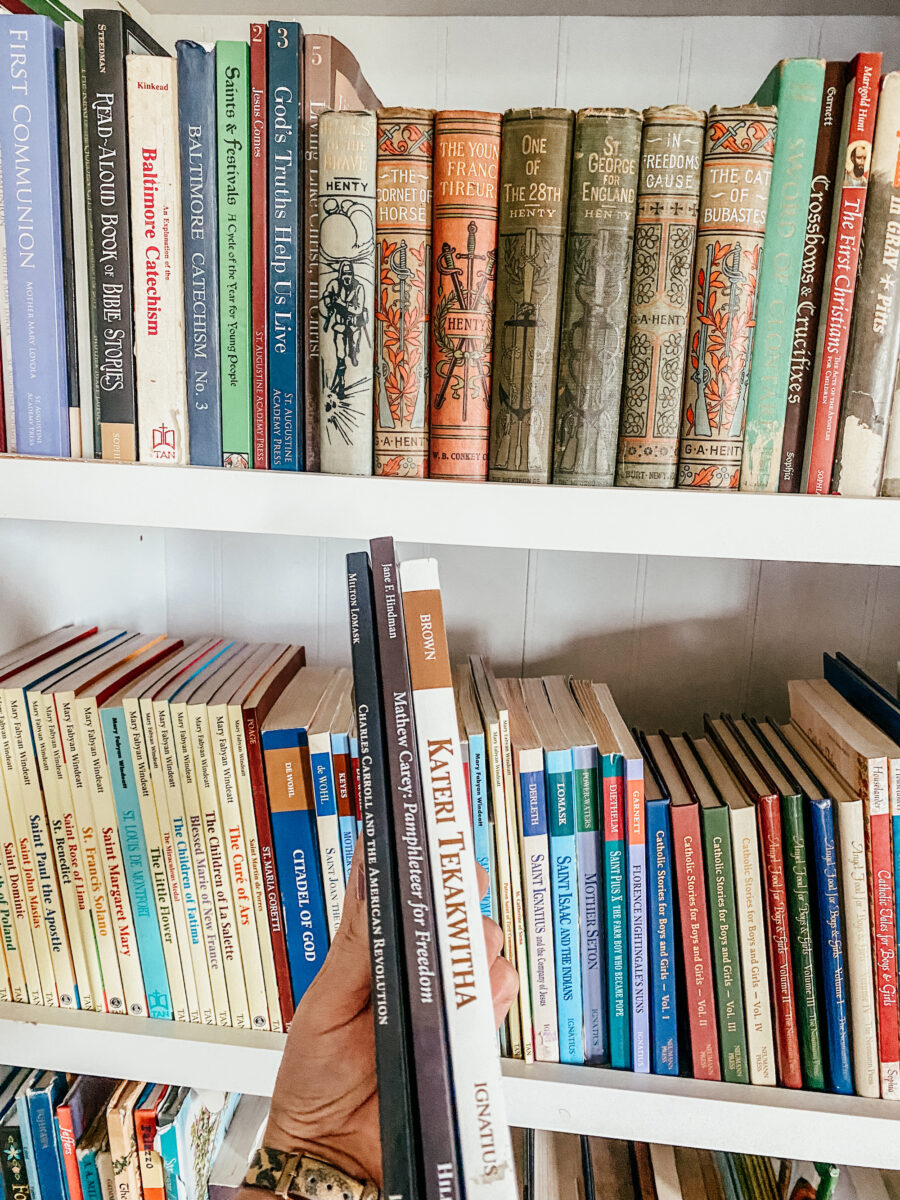
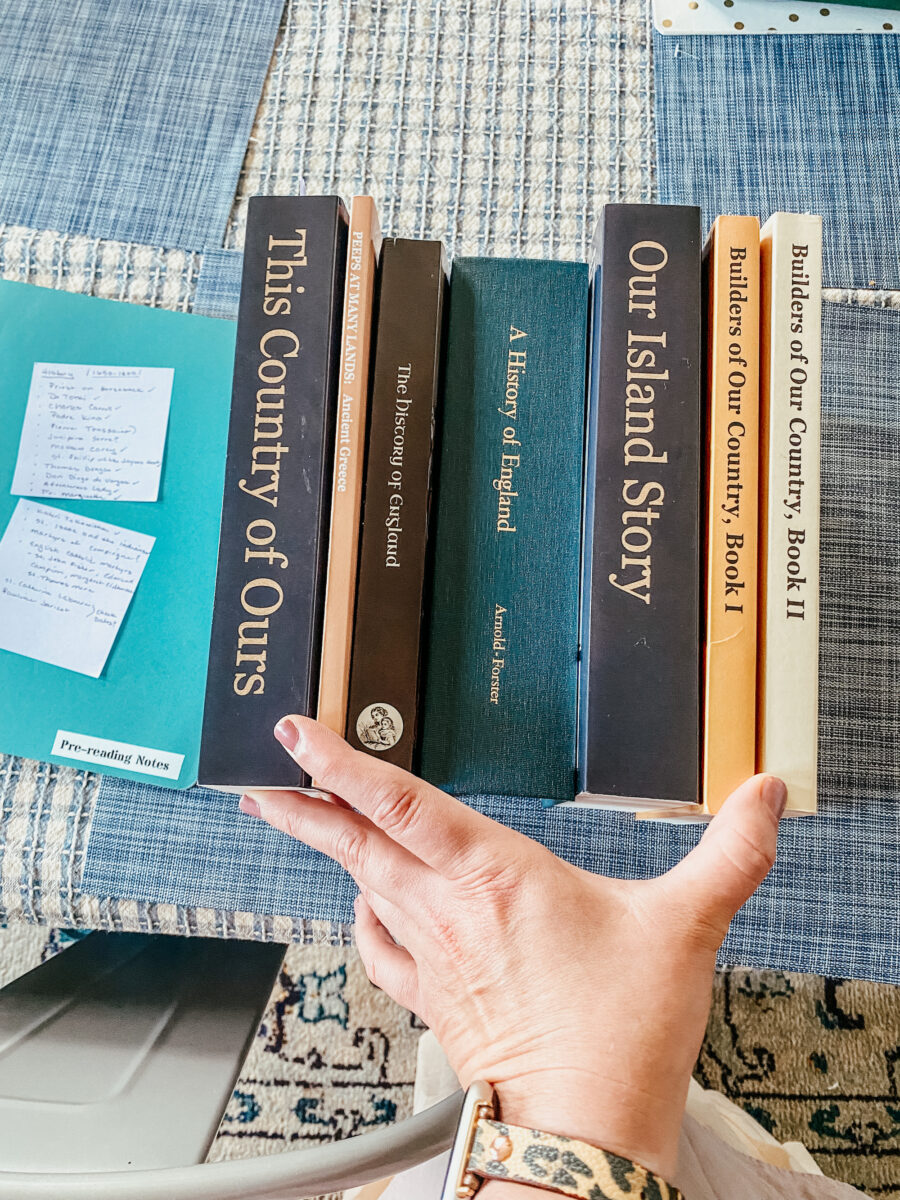
Our Homeschool changes + Transitions
Last year was a bit of a transitional year for us. I knew that something was missing and I needed something more. I’ll briefly touch on this and my conclusion below, but for anyone new to the blog, here are a few posts explaining what I was struggling with:
- Charlotte Mason — Trusting the Process
- An Education in Wonder + Changes to Our Homeschool
- What is an Education in Wonder? A Guide to the Poetic Mode
- How We are Combining The Children’s Tradition with The CMEC
As I have shared in some of these posts, it was the poetic mode of education that I was missing in our homeschool. I have always loved the Charlotte Mason method—we began using it when my oldest child was in 1st grade. But over the years, I felt that something was missing. That God was calling us towards something more.
I thought it was simply a classical education. So I tried out Memoria Press, but ever so briefly. But honestly, all of the workbooks and memory drills were not life giving for us. Little did I know that all of this so-called classical education was just something else repackaged in the “classical” name. And it really is what is known as Neo-classical.
Btw, this is not to say that Memoria Press—or others like it— are bad per se, but it just wasn’t what I was looking for or a good fit for our family.
We went back to CM and finally found John Senior and The Children’s Tradition.
So in this post, I am sharing our curriculum choices using both Charlotte Mason and John Senior — and ultimately towards the poetic mode of education.
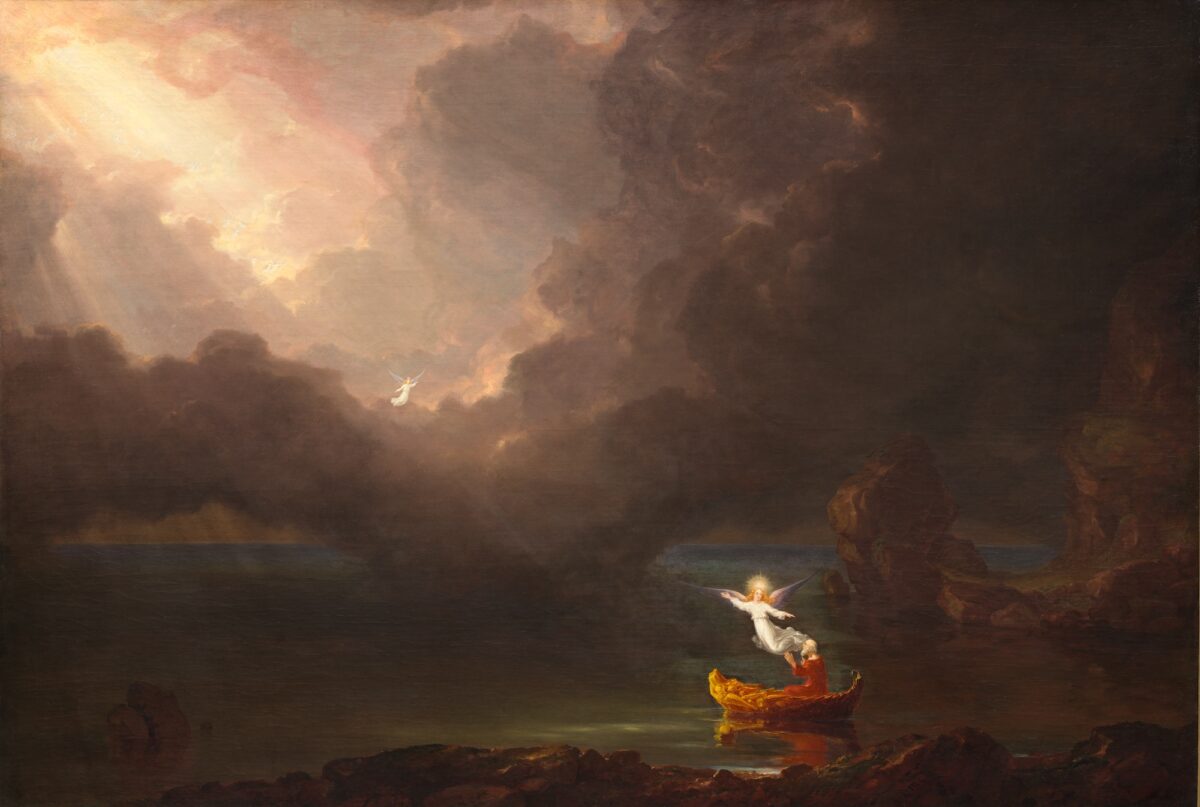
Our 2025-2026 Curriculum picks
I put together our plans with a variety of sources that are both Traditional Catholic & Classical too. This year, I have students going in to 1st, 4th grade, 6th grade, and one that is special needs.
My special needs student will usually be included with my year 1 student unless otherwise mentioned under each specific section of this post. And sometimes she even does well with year 2 and 3 work, so I adjust as needed for her wherever possible and don’t go too much in detail on her work in this post.
Over the years, I’ve learned that in sharing our curriculum choices, it is easiest to share by “subject” vs by grade level. But I will try to break all of that down a little bit too. And perhaps, I’ll write up separate posts by form and year in the future. TBD…
We are combining from The CMEC and The Children’s Tradition as well as adding in a variety of Traditional Catholic supplements.
Two things that I want to briefly mention about these curriculums — The CMEC is a membership for the entire family and changes out each year and currently The Children’s Tradition (TCT) currently covers years 1-7. There are plans for the older years (tbd) in the future. But it is worth it for the philosophy alone — which is what I am trying to base a lot of our home life off of.
That being said, I won’t share specific details that can violate any privacy or copyright. The CMEC uses a lot of old books that are usually easily obtained through places like Living Book Press, Yesterday’s Classics, and other sources online. TCT uses mostly John Senior’s 1000 Good Book list with some sprinkling of Charlotte Mason throughout.
And I am so happy that Cor Jesu Press has started to reprint many of the good books from John Senior’s list. They have so many other favorite spiritual reading books that I’ve been purchasing over the past couple of years.
Read my reviews of both of these curriculums:
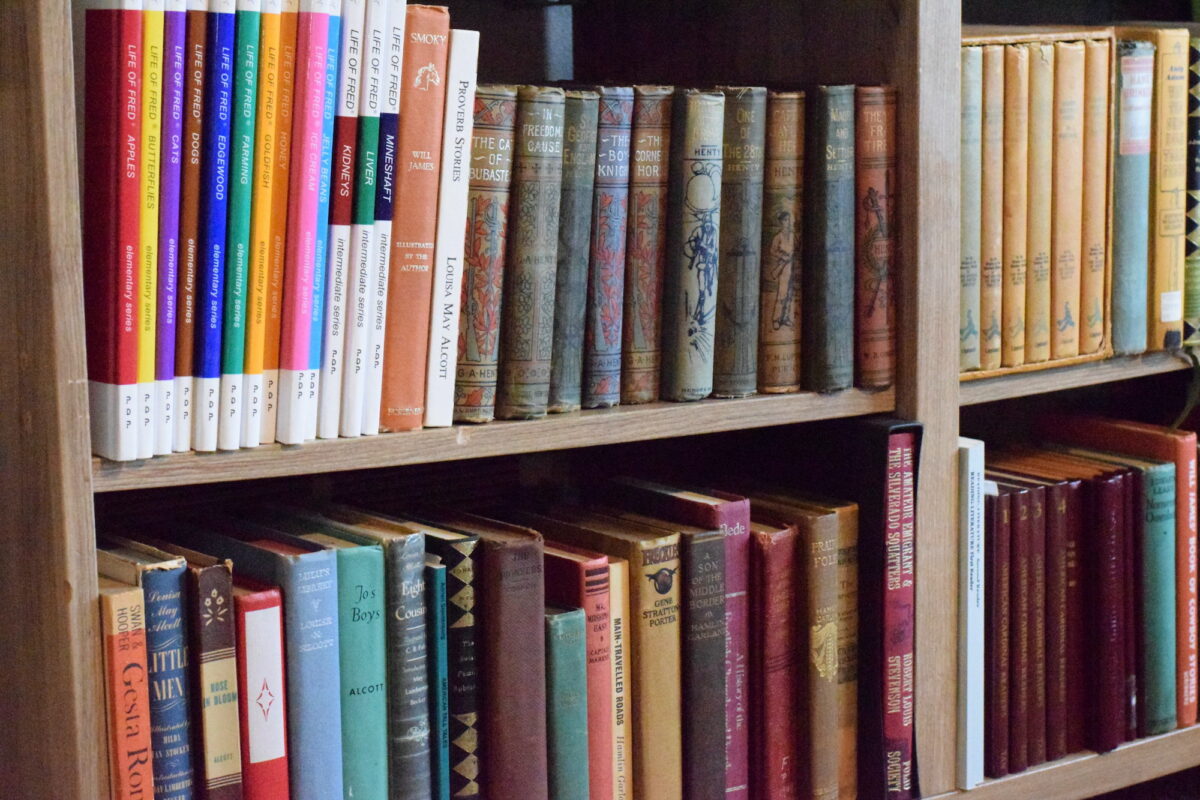
Note: We use a lot of vintage editions of some of these books and will share links whenever possible for reference. I will try to link to the exact copies or as close as possible to the originals as I can find.
Common Subjects
These subjects we learn together as a family and will break off on occasion for additional individual assignments, narrations, note booking, etc.
Usually we cover a lot of these things during our morning time or Benediction Table as described in TCT. I will put together a more in depth post on how we schedule out our morning time together and what we use and love. This post would be entirely too long if I went into that here.
For our morning time we rotate through:
- Prayer together — usually begin with the Morning Offering and a few other short prayers.
- Old + New Testament—we alternate these and follow the schedule from The CMEC.
- Psalms—TCT recommends singing these together. We are just reading through the Psalms and possibly adding in parts the Little Office of the Blessed Virgin in the future.
- Baltimore Catechism—I pull a few questions for our “lesson catechism” time in the morning. The children receive individual catechism lessons as well.
- Lives of the Saints—read daily.
- Spiritual Reading—varies and usually something from Mother Loyola or Ronald Knox. (see more under religion + catechism below. We will also go through My Path to Heaven together slowly and prayerfully.
- Devotionals—usually based off the Liturgical season and read together as a family. I love a variety of options from TAN Resurrection series and the daily meditation books written by St. Alphonsus Ligouri—here is the Advent and Christmas version.
- Hymns + Folk Songs — I use seasonal or liturgical hymns (usually in Latin). Lingua Angelica (skip the workbooks) is a great place to start if you’re new to Latin hymns. And we follow The CMEC’s program for folk songs.
- Artist study + Composer study — following with The CMEC.
- Fables—daily a short reading from Aesop.
- Habit training — from Simply Charlotte Mason.
- Shakespeare — on Fridays only. See more about how we learn Shakespeare together. And we are following along with the term schedules from The CMEC.
Related: Musical Education in the Classical Homeschool
I know that this seems like a lot. But it really isn’t and we usually finish in under an hour. A lot of it alternates and is looped throughout the week.
We also have blocks in the afternoon time each day where we loop through these together:
- gymnastics, folk dancing, Swedish drill, or other physical exercise; together daily. The Schoolyard Co has great options for Swedish Drill and other physical activities. I have a coupon code for you to save 10% off at The Schoolyard if you’re interested. Use code: MARYWOITA for 10% OFF.
- term biographies, and more lives of the saints / catholic heroes
- nature study + natural history reading
- Latin
- Spanish
- literature or term novel
- poetry + tea time
- current events
- handicrafts
- watercolor lessons — we started using Lily and Thistle last year and will continue on.
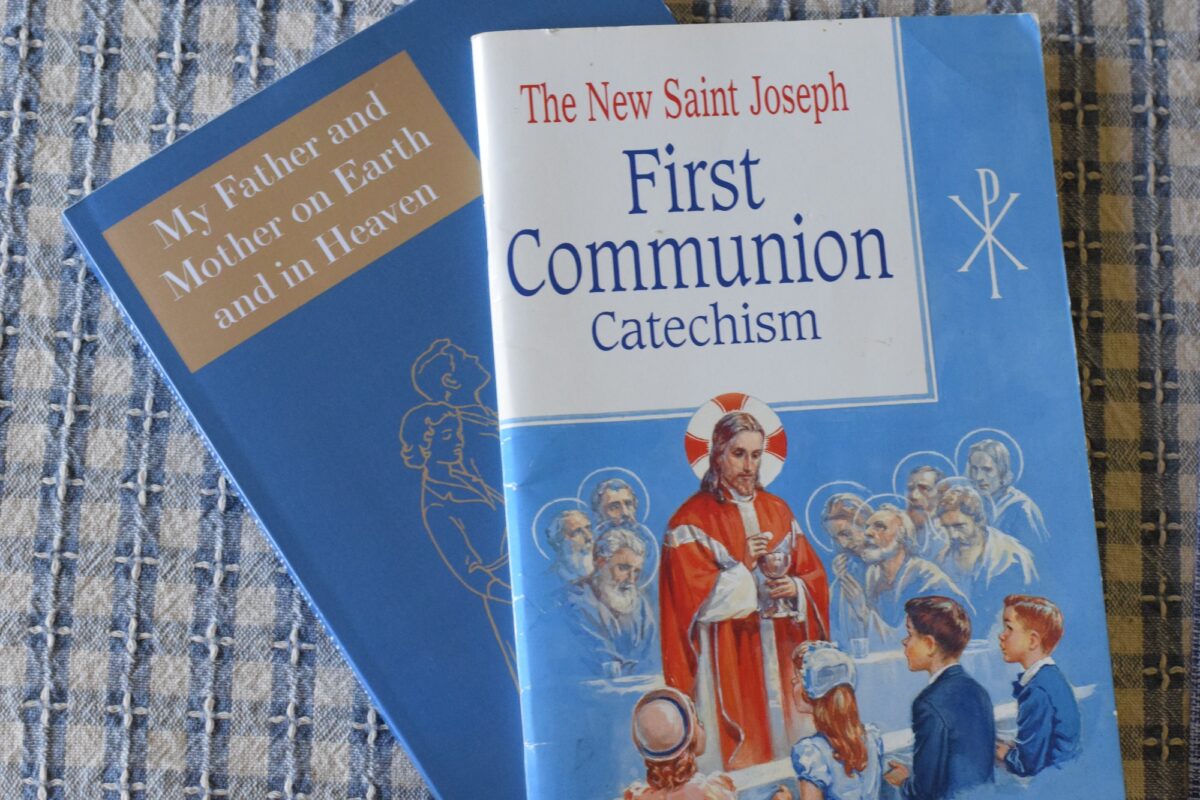
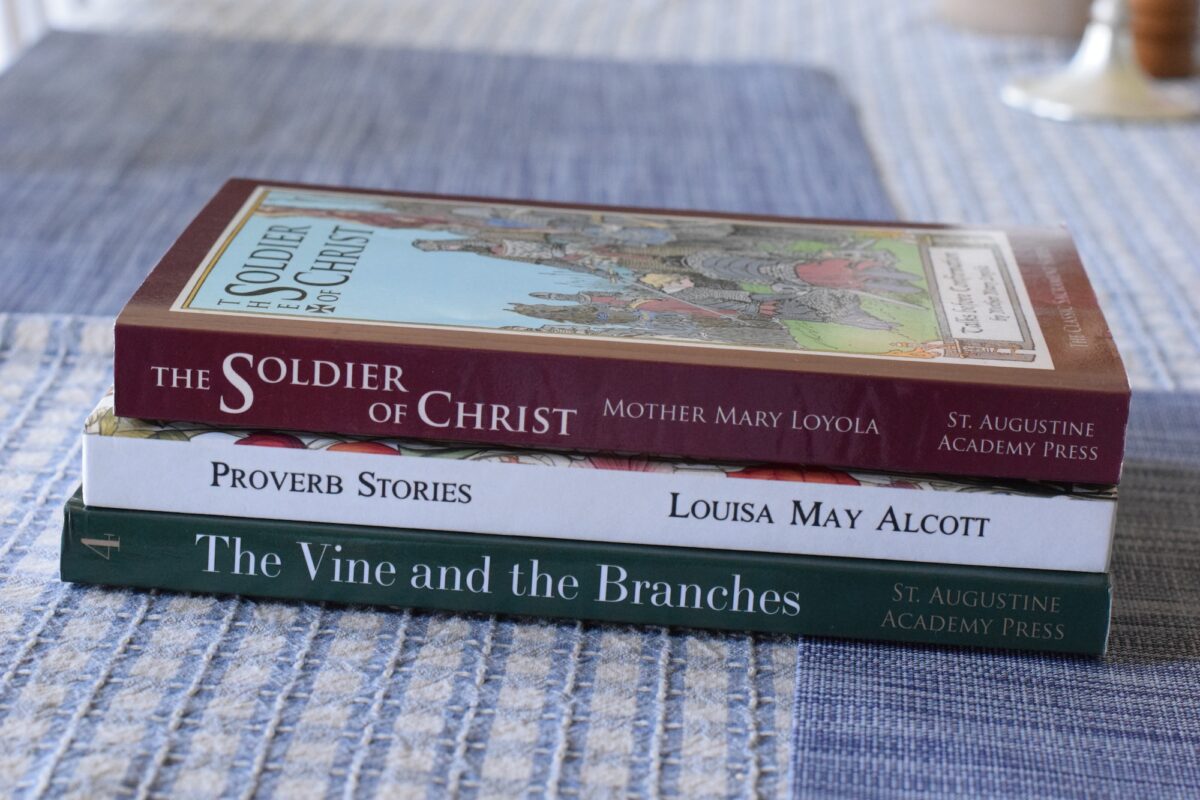
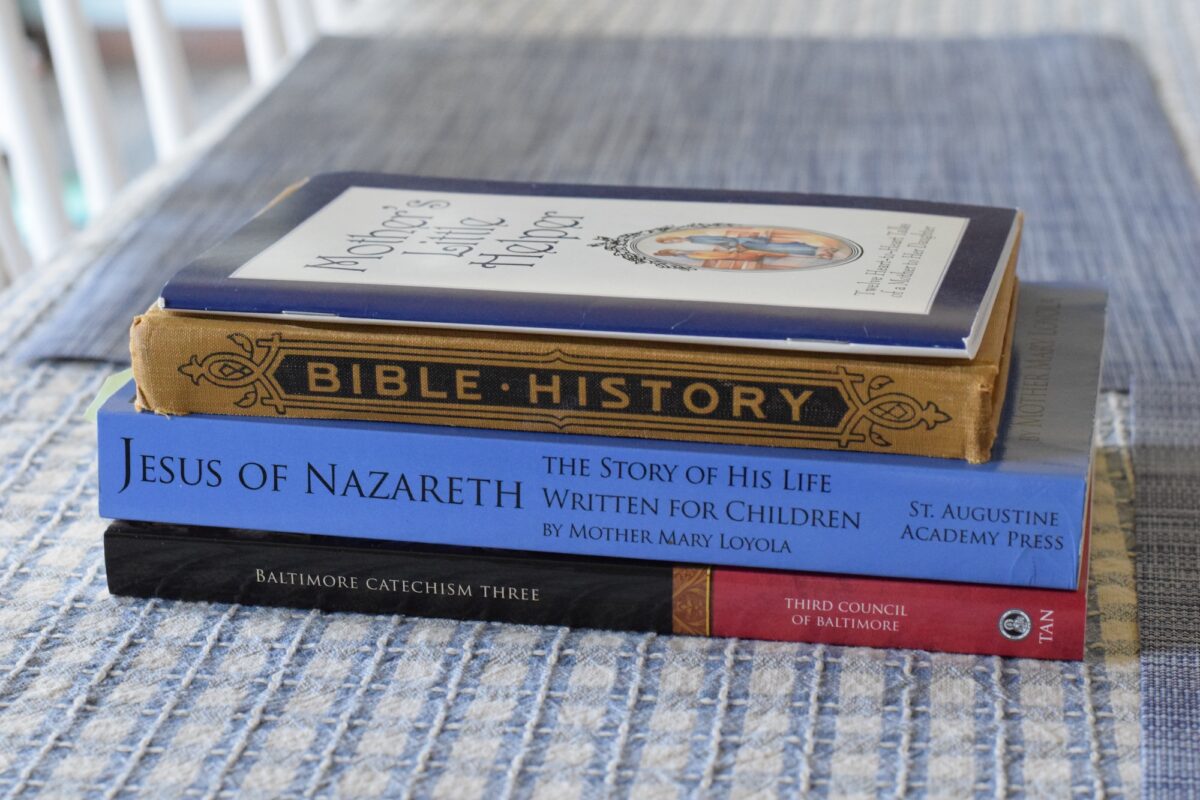
Spiritual Formation + Liturgical Life
These are the books we are using for individual catechism lessons.
- Year 1:
- Year 4:
- Year 6:
- Baltimore Catechism #3
- Jesus of Nazareth
- Bible History (older out of print edition — I will come back and link if I find it available online)
- Mother’s Little Helper
- A Catholic Girl’s Guide
- Special needs:
- we are working through this The Catechism in Pictures book.
We are use these as supplemental reading: Angel Food for Boys & Girls and Catholic Stories for Boys & Girls.
I have also more favorite catechism sources in this post.

History + Biographies
We are combining recommendations from both The CMEC and TCT this year and paired with lots of catholic supplements and resources.
Also—I want to share my take on anti-catholic bias in our history lessons in our homeschool. I think it is important to cover these topics with children and we don’t avoid certain stories just because of this. It is important for us to have discussions and know how Catholics were treated in history.
We balance this out with plenty of stories of saints and other Catholic heroes. Of course, this also depends greatly on the age and maturity of the child. For the younger years, I avoid the anti-Catholic bias completely. But as they grow older, we have very good discussions around these issues.
This is also why pre-reading is super important as prep for lessons. We need to be ready to address certain issues and topics, have discussions, and answer necessary questions.
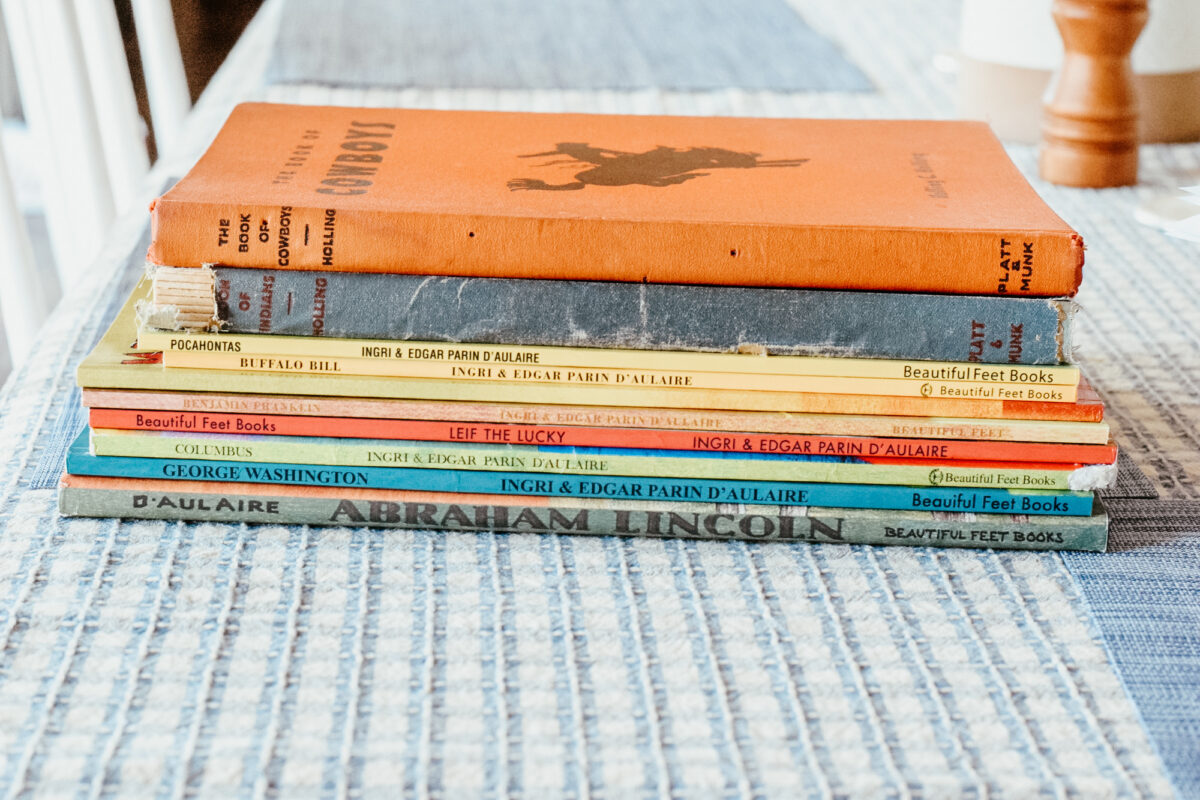
We are following The CMEC for the bulk of our history this year and the time period we are studying is 1650-1800. We are also adding in historical fiction and accounts (year 6) as scheduled in The Children’s Tradition.
Year 1
We will be reading a lot of D’Aulaires books together during her history block. But we are also including a couple of vintage editions from Holling too.
- Pocahontas
- Benjamin Franklin
- Abraham Lincoln
- Wings for Per
- Leif the Lucky
- Columbus
- The Book of Indians
- The Book of Cowboys
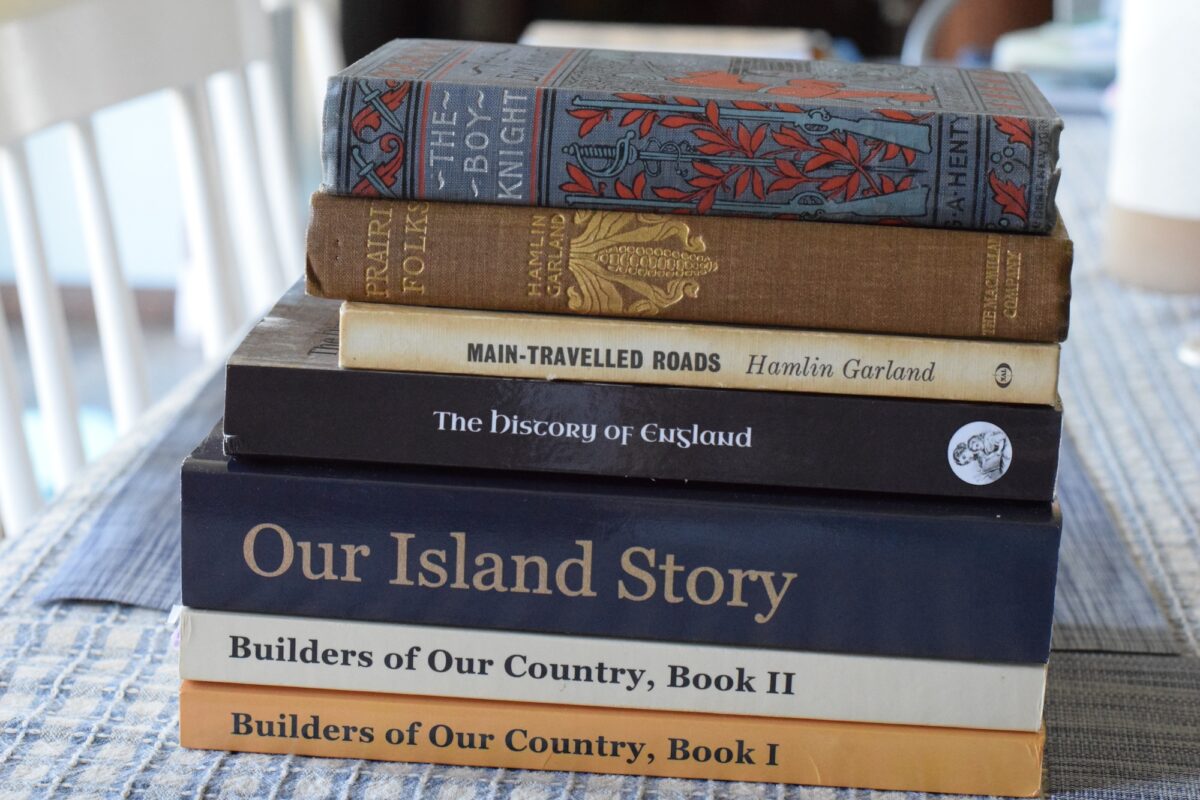
Year 4
- Builders of Our Country, Book I & Book II
- Our Island Story
- A History of England for Catholic Children
- Historical Fiction:
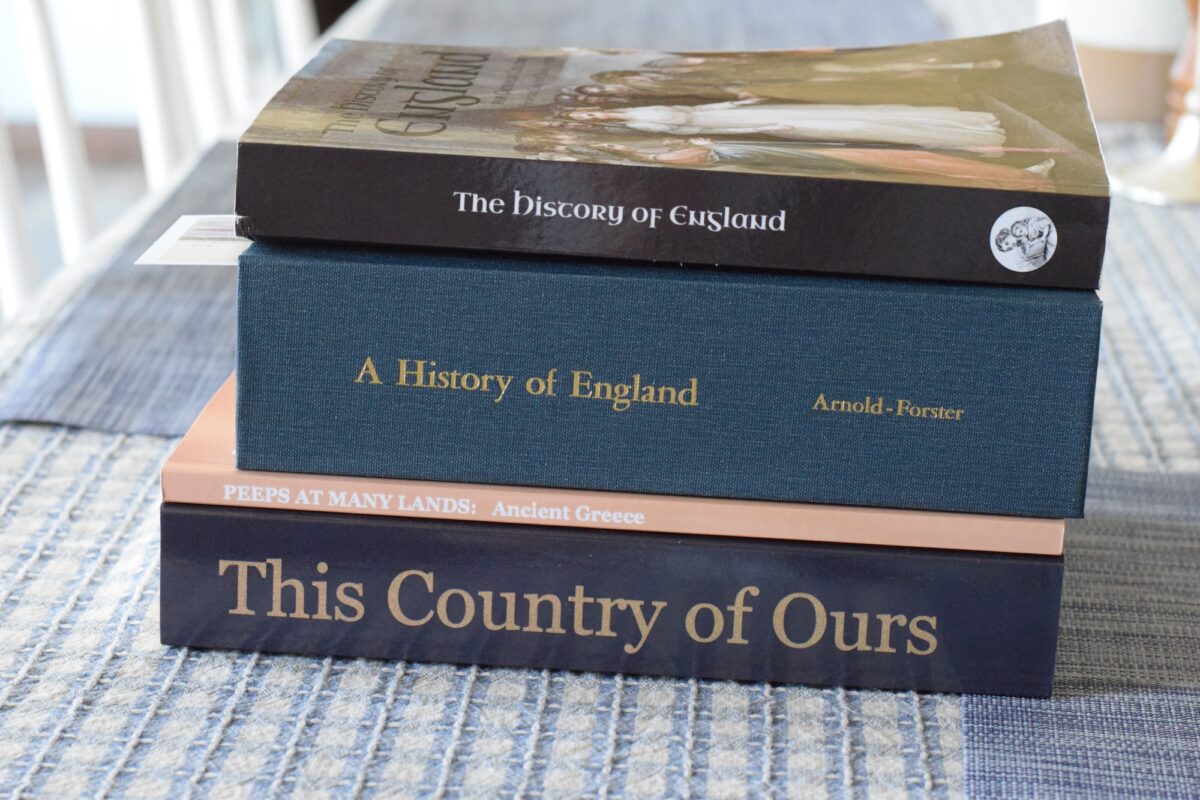
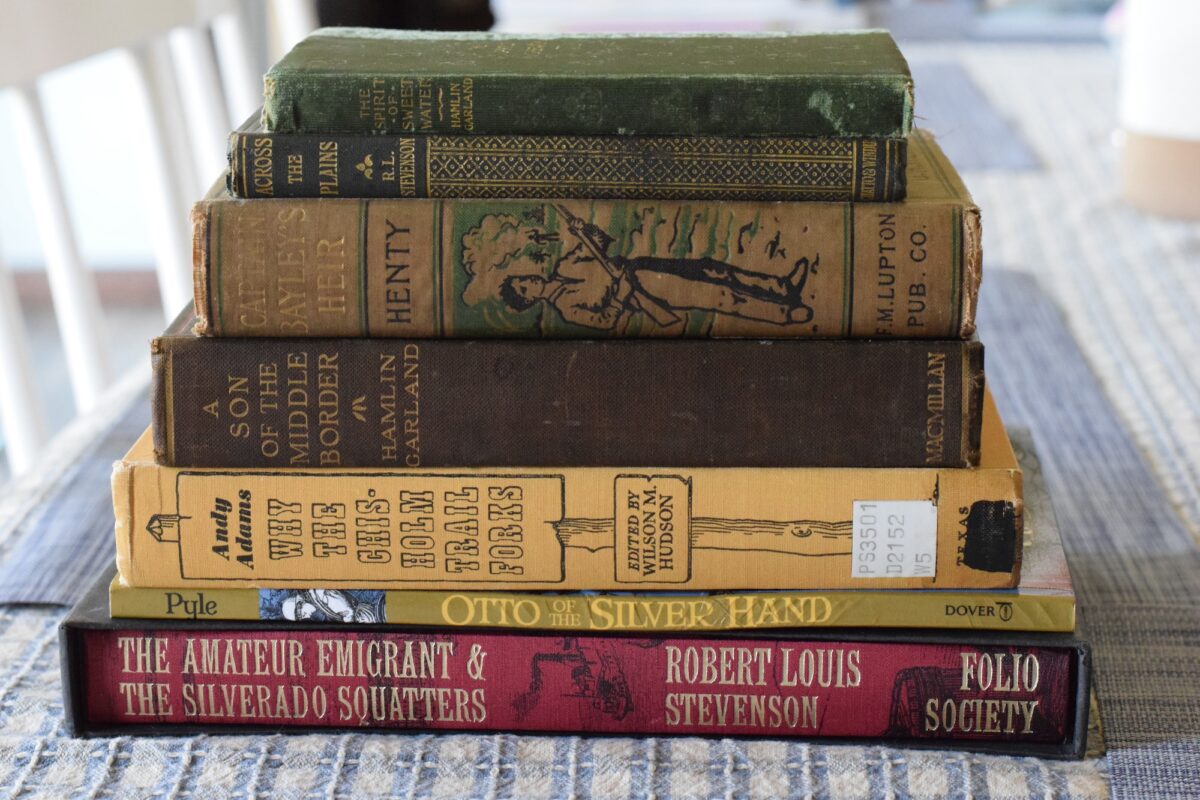
Year 6
- This Country of Ours
- A History of England
- A History of England for Catholic Children
- Peeps of Many Lands (Ancient Greece)
- Historical Fiction:
- Historical Accounts:
The biographies listed below are within our time period studied, but the historical accounts (above) are not, although some of them are pretty close. Nevertheless, I chose to keep them for my year 6 student this year.
Biographies:
I have put blocks on our time-table to read through biographies together as a family. I’m not sure how many we will get through, but I will pull from the list below as needed. They will also work on history charts + notebooks during specific time blocks in the afternoons.
- Mathew Carey: Pamphleteer for Freedom
- Charles Carroll and the American Revolution
- Kateri Tekakwitha: Mohawk Maiden
- Pierre Toussaint: A Citizen of Old New York
- Priest on Horseback: Father Farmer
- De Tonti of the Iron Hand and the Exploration of the Mississippi
- Padre Kino and the Trail to the Pacific
- Don Diego de Vargas: The Peaceful Conquistador
- Colonial Governor Thomas Dongan
- Blackrobe Peacemaker: Pierre De Smet
- Adventurous Lady: Margaret Brent of Maryland
- Chuiraquimba and Black Robes
- Blessed Marie of New France
I would love to find a good living book on Father Junipero Serra. If anyone has any suggestions, please let me know!
Citizenship
This is for my Form 2 students. Plutarch was one of my favorite things studied last year and my daughter really enjoyed it too — especially the life of Caesar. We will continue to follow The CMEC’s guide and program for Plutarch this year.
Year 4:
Year 6:
- Plutarch’s Lives – our favorite edition: vol. 1 and vol. 2
- Once Upon a Time
- The Seasons of America Past
I also found some neat books with vintage images of Nebraska pioneers and prairie life to view at leisure time.
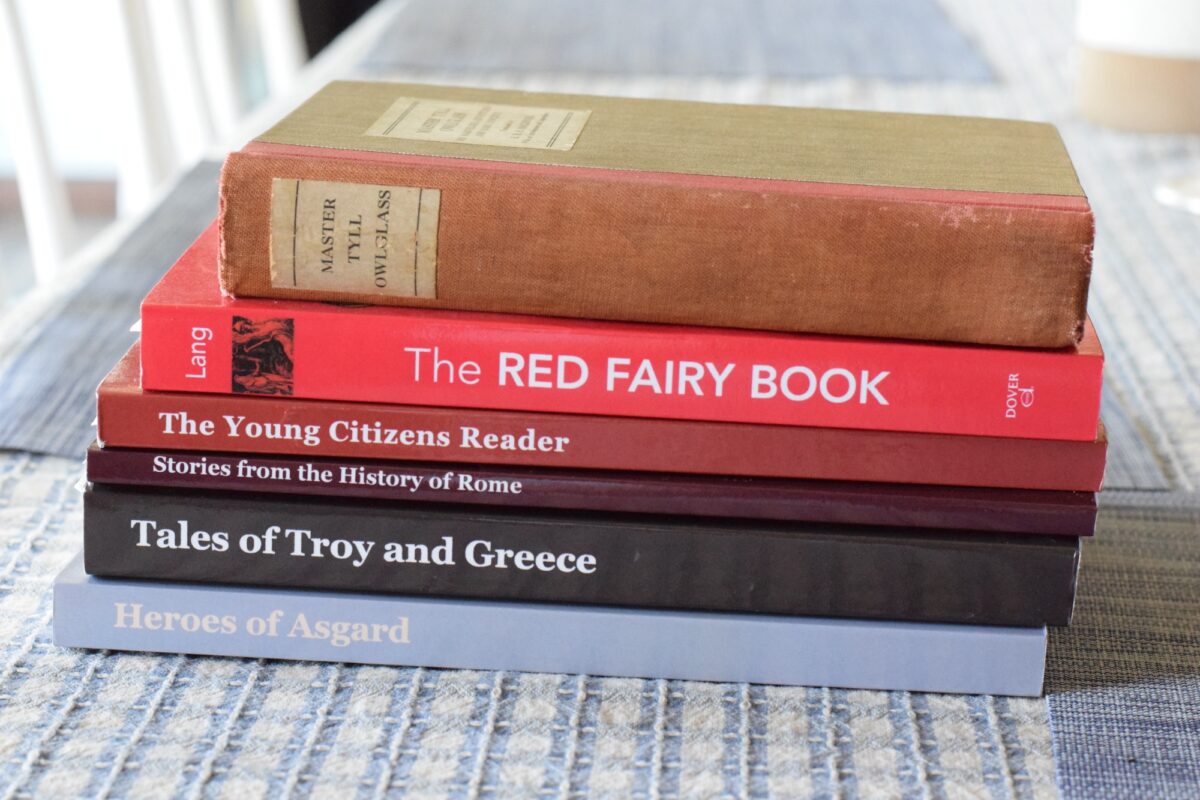
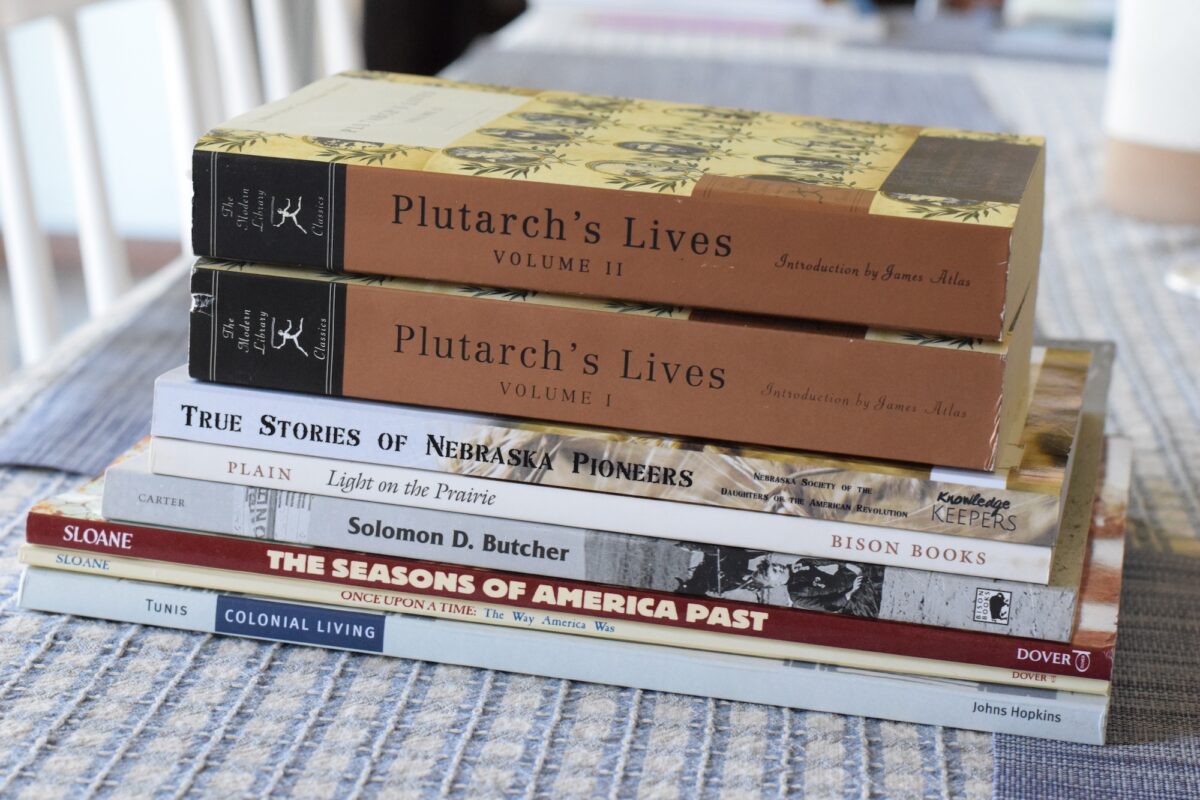
Literature + Poetry
We are pulling from a combination of The CMEC + TCT for literature and poetry. Some of these will be for their independent reading time and others are for our family read aloud time. Dad will often read to the children before bed as well.
In addition, whatever we don’t finish, we usually read together over the summer months.
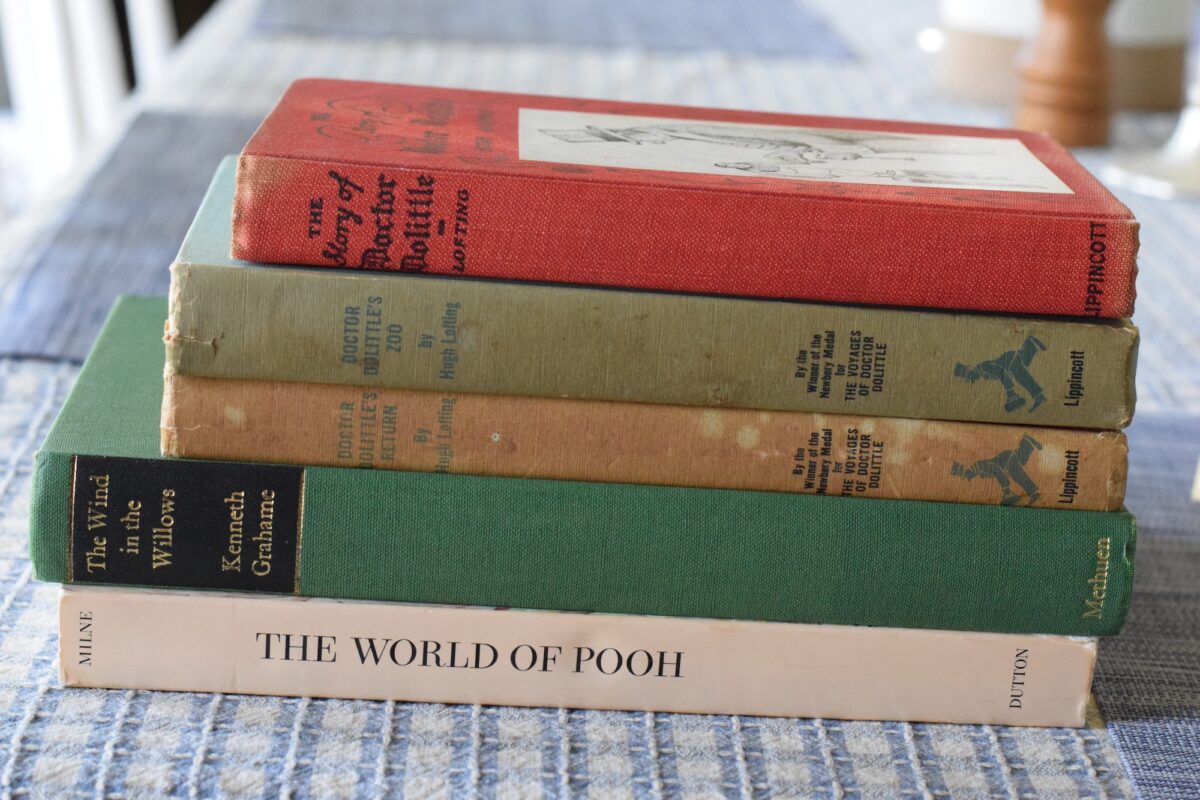
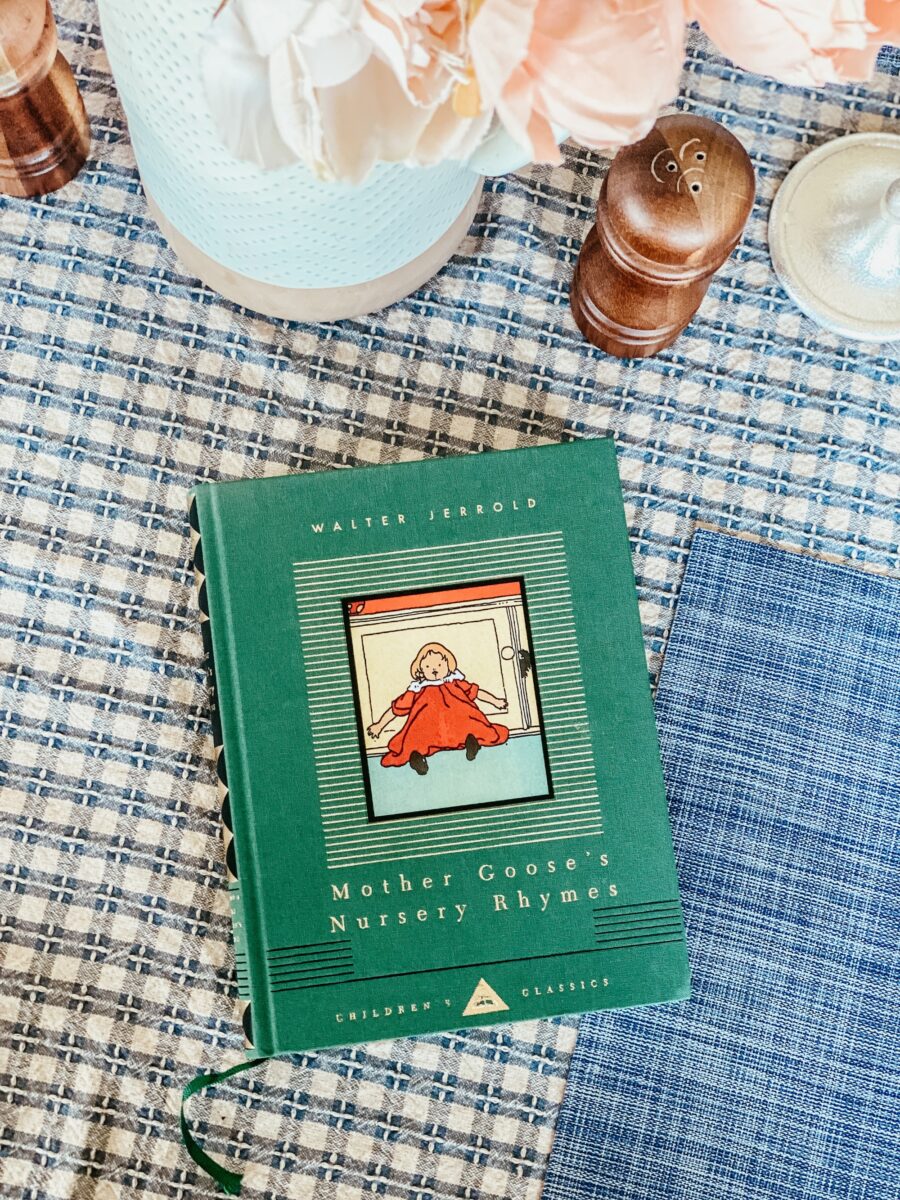
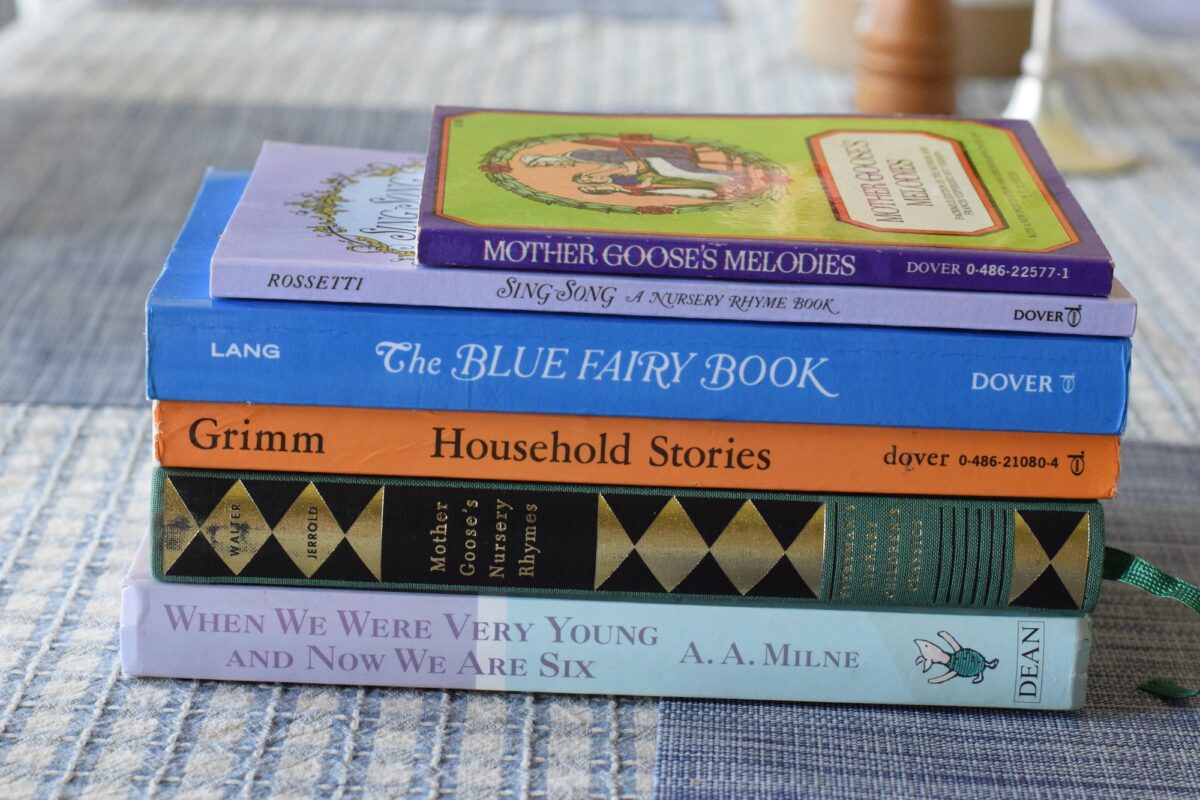
Year 1 novels:
- Winnie the Pooh
- The House at Pooh Corner
- Story of Doctor Doolittle
- The Voyages of Doctor Doolittle
- The Wind in the Willows
There are many other Doctor Doolittle books in the series and we will enjoy more together over leisure time. I linked a couple for reference, but try to find older versions if you’re able. We found a lovely collection of vintage editions online—it may take a little hunting around, but it’s worth it, in my opinion.
Year 1 poetry:
- Mother Goose’s Melodies we also have this Mother Goose book to enjoy together.
- Christina Rossetti
- A.A. Milne
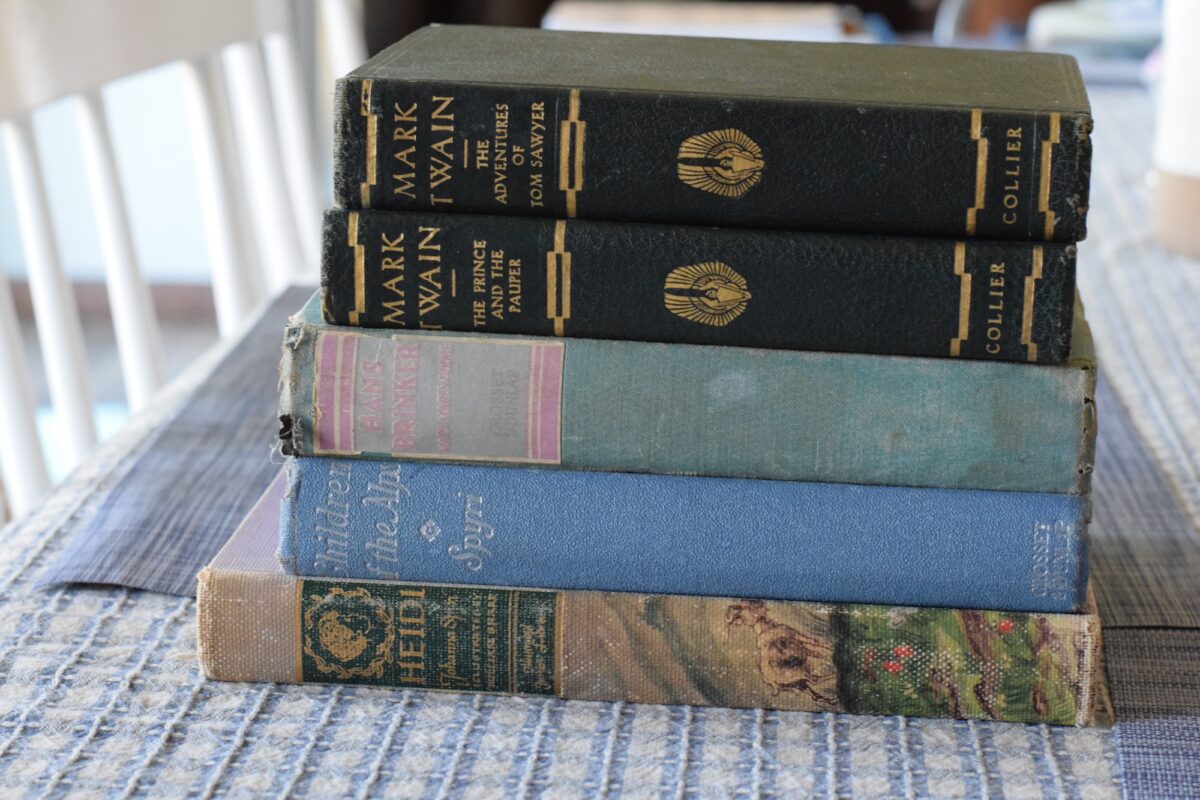
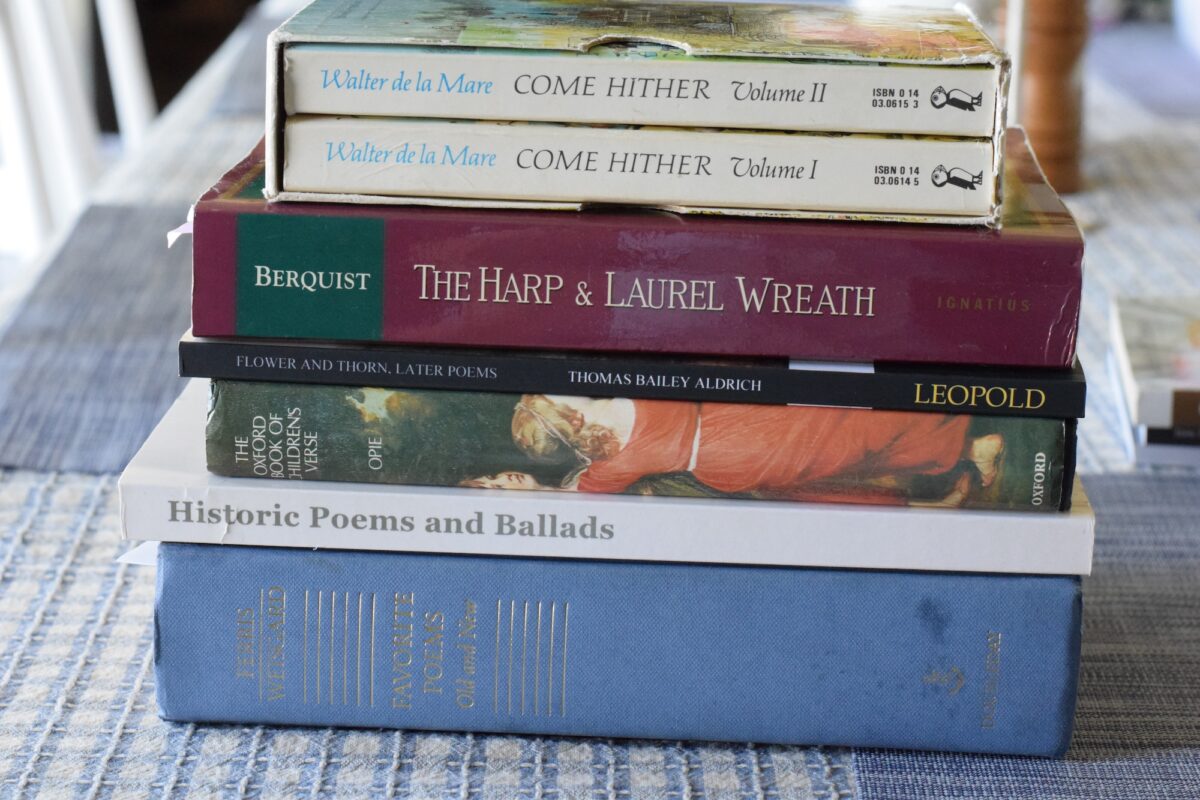
Year 4 novels:
Year 4 poetry:
- Come Hither
- Favorite Poems New and Old
- Thomas Bailey Aldrich
- The Oxford Book of Children’s Verse
- Harp and Laurel Wreath
- Historic Poems and Ballads
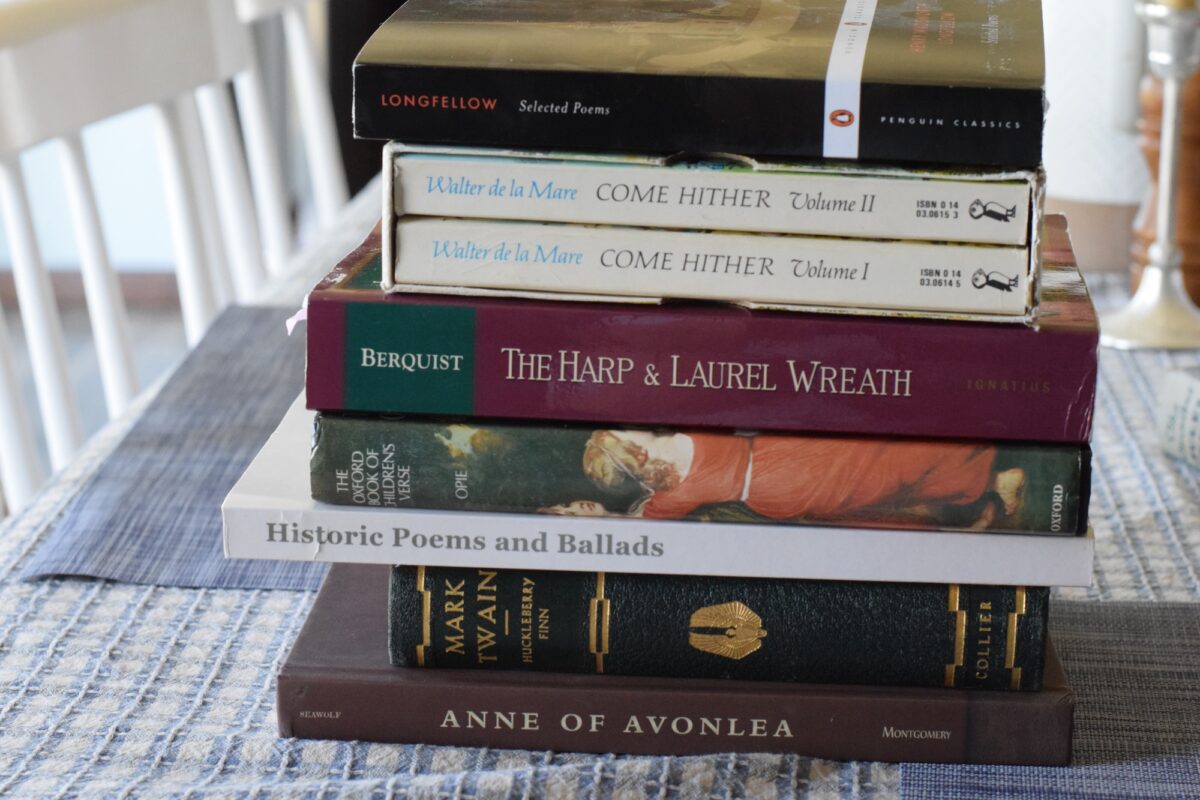
Year 6 literature:
My year 6 student has a pretty big school load this year, so I am not assigning as many novels. However, she is reading enthusiast and will probably need more. In that case, I will pull from John Senior’s list as described in TCT. She will probably continue with the Anne of Green Gables series since she’s expressed interest in it.
Year 6 poetry:
- Come Hither
- Henry Wadsworth Longfellow
- Harp and Laurel Wreath
- The Oxford Book of Children’s Verse
- Historic Poems and Ballads
- Lyra Heroica
myths, fables, legends + fairy tales
I’m happy to see a lot of cross over between CMEC and TCT with these books. We’ve used most of them over the years and it’s so fun to see my youngest reading what her older siblings have read. We have a few fun additions that I’ve never heard of, but are excited to enjoy them together.
One of my favorite things of a classical Charlotte Mason education is that I am receiving the education that I never had as a child! Full of truth, goodness, beauty, and wonder!
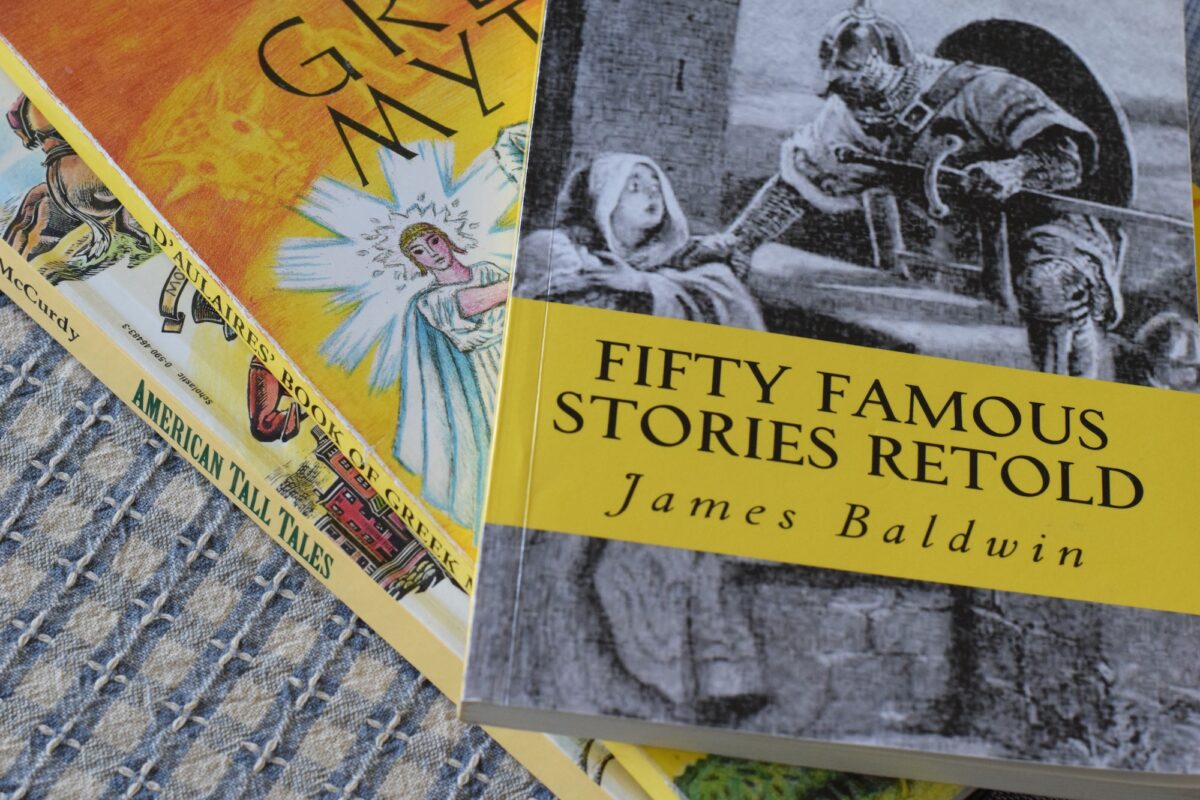
Year 1 myths + legends:
Year 1 fairy tales:

Year 4 myths + legends:
Year 4 fairy tales:
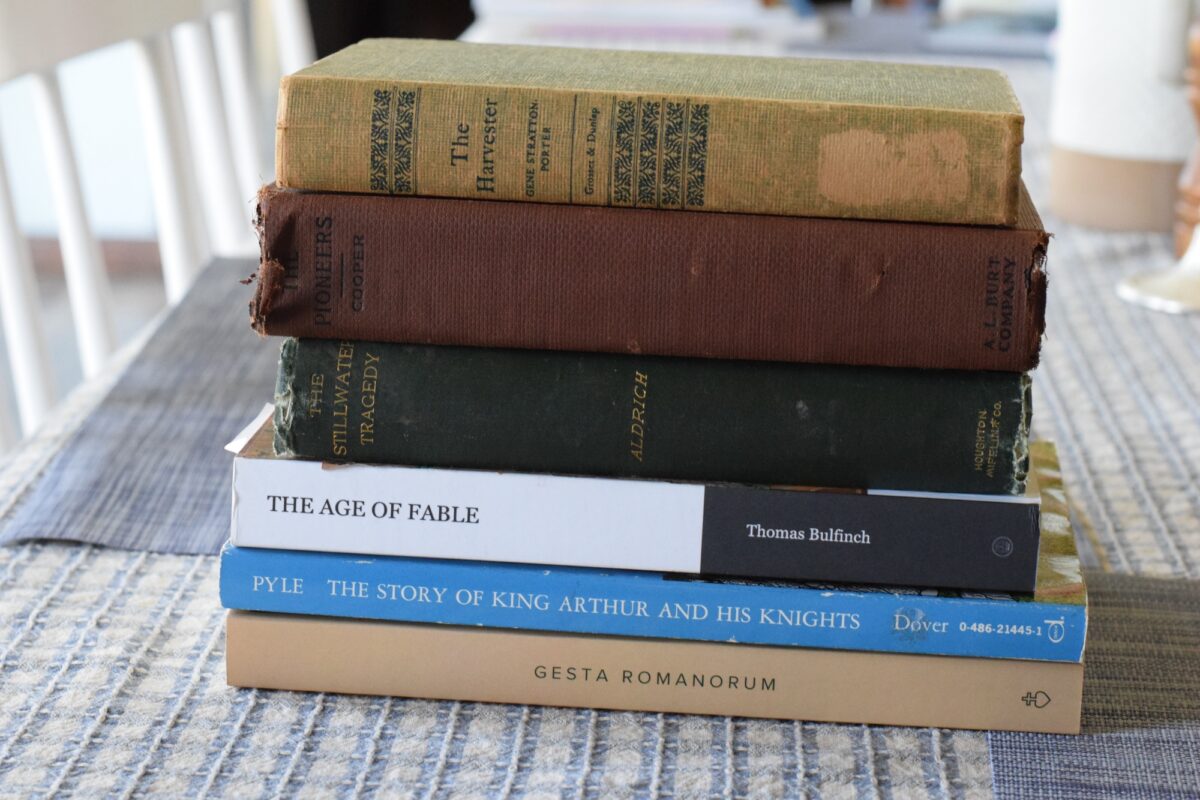
Year 6 myths + legends:
- The Age of Fable
- The Gesta Romanorum
- The Story of King Arthur and His Knights
- The Stillwater Tragedy
- The Pioneers
- The Harvester
Adventure Stories
I am very excited for the addition of adventure stories for my older children— especially for my son. I really think that he will enjoy these books this year.
My older student read a few of them last year when we began the beta year with TCT and she enjoyed some, but not all. But this isn’t surprising as John Senior’s list is especially tailored for little boys. And since his list isn’t a complete one, I have no problem with making necessary changes for our needs.
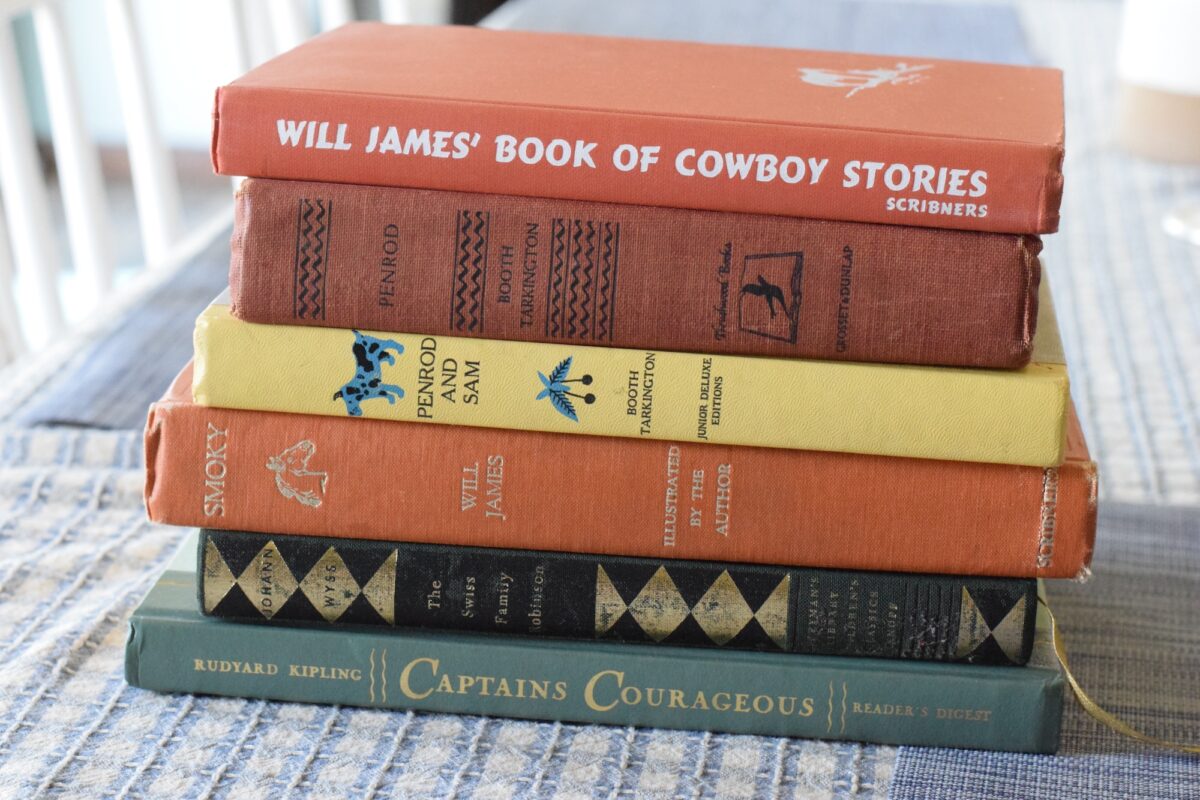
Year 4 adventure stories:
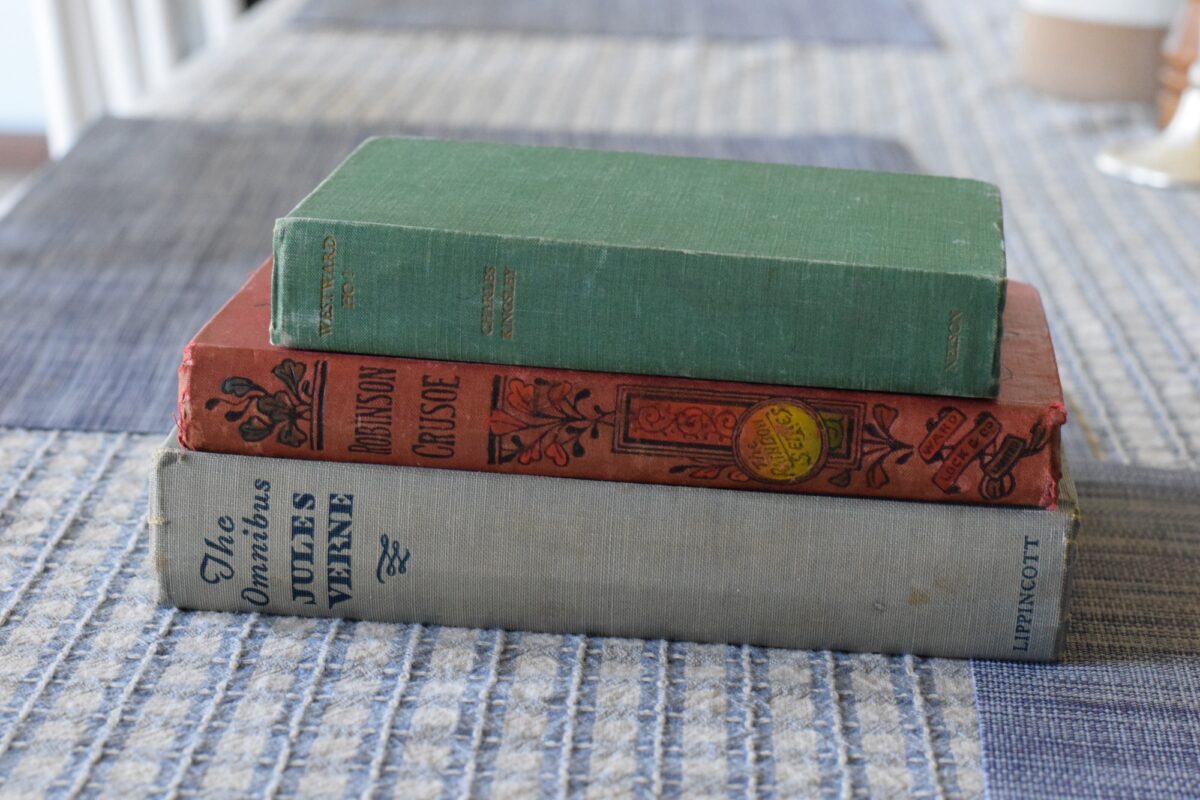
Year 6 adventure stories
- Robinson Crusoe
- Westward Ho
- Treasure Island
- 20,000 Leagues Under the Sea
- Journey to the Center of the Earth
- Around the World in 80 Days
Reading Lessons
My students have been taught reading by following Charlotte Mason’s method as she described in Home Education and it has worked well. We have also have used some of the suggestions from the Discover Reading book.
- Discover Reading by Amy Tuttle
- We’ve also loved this set of American Cardinal Readers to give more of a Catholic focus in our reading lessons.
- The Treadwell Readers are also great and we love to incorporate these into the mix for extra reading practice.
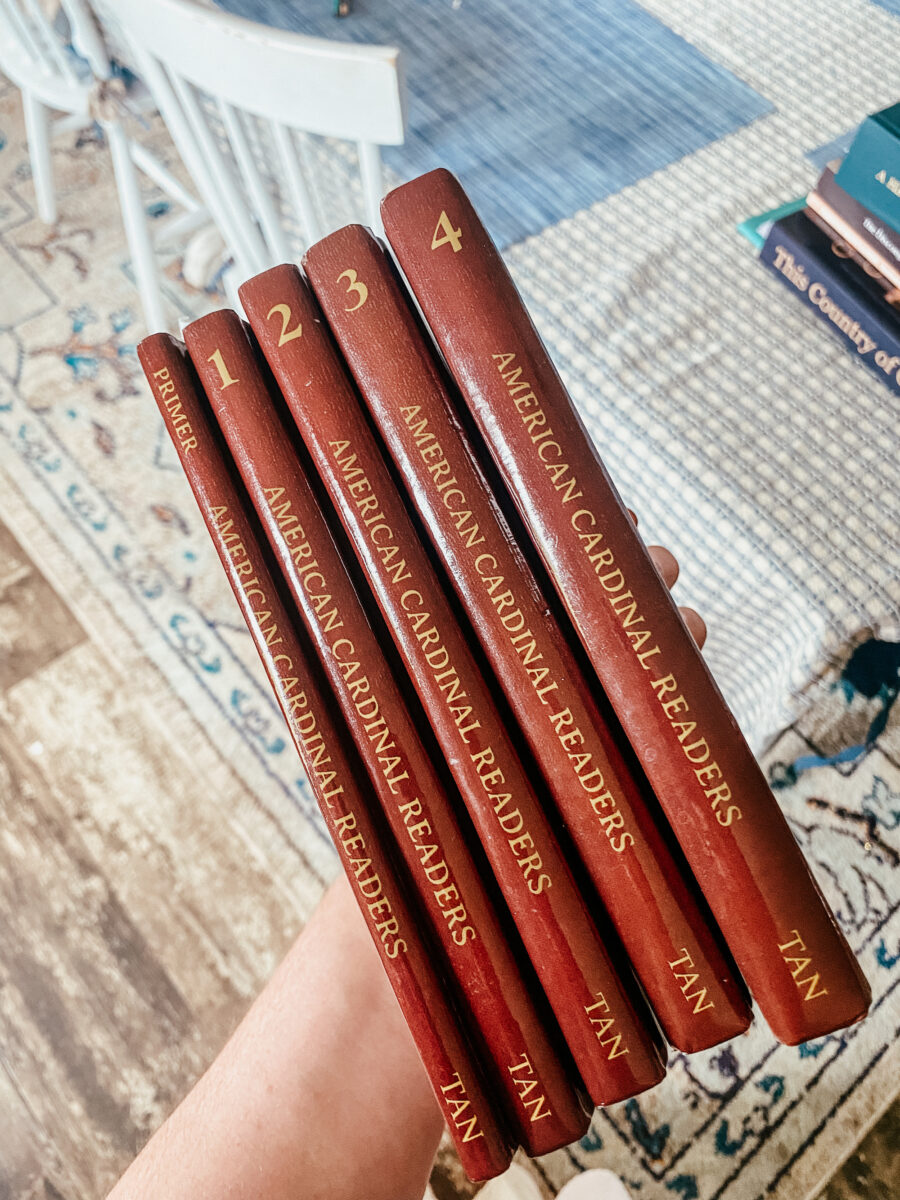
Language Arts + Latin
The basis of a language arts in a classical Charlotte Mason education is through narration, copywork, and dictation. Dictation and grammar are introduced in form 2 (year 4).
Related: The Foundations of Language Arts in a Classical Charlotte Mason Education
Year 1 language arts:
- Oral or drawn narration
- Copywork
- First Words in Cursive from Verily Schoolhouse
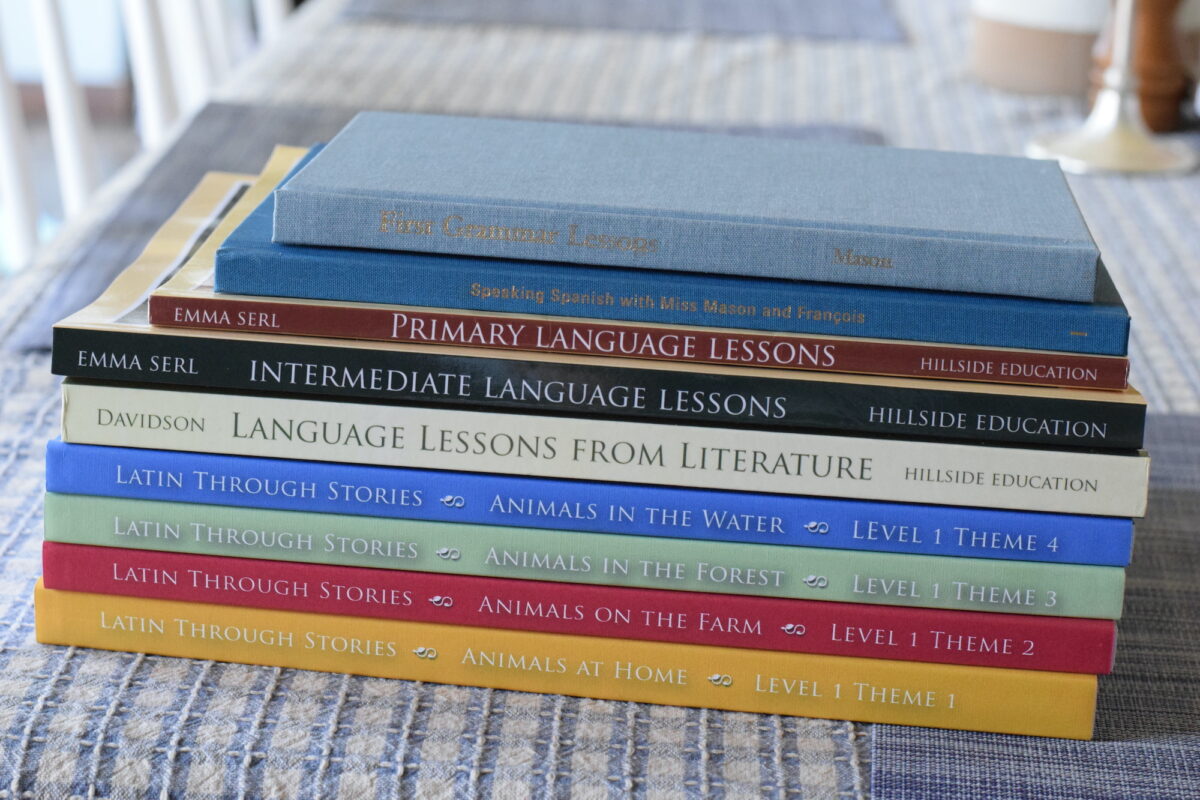
Year 4 language arts:
- Oral, drawn, or written narration
- Copywork
- Beginning dictation lessons
- Fine Arts in Cursive book 1 from Verily Schoolhouse
- Finishing up Primary Language Lessons and moving on to Intermediate Language Lessons. We are spreading the Intermediate lessons over 2 years — 4th & 5th grades.
- First Grammar Lessons (Charlotte Mason)
Year language arts:
- Oral, drawn, or written narration
- Copywork
- Dictation lessons
- Fine Arts in Cursive book 2 from Verily Schoolhouse — her cursive needs just a bit more practice so we are using this lovely book this year.
- Language Lessons from Literature — spread over two years — 6th & 7th grades.
- First Grammar Lessons (Charlotte Mason)
We are continuing with Latin Through Stories as a family subject. It is recommended for K-5th grades, but my year 6 student has enjoyed it and we will continue on for at least this year.
We break the lessons up over a couple of days and go through them slowly. But we have really enjoyed the program and will continue with it for the younger years, probably for the foreseeable future.
In addition, we are still using Spanish from Cherrydale Press and will likely move to French next year. The lessons are short and we only spend about 5 minutes at a time per lesson.
Math
After a lot of back and forth and testing out a variety of math curriculums, we have chosen a combination. This year we are combining The Charlotte Mason Elementary Arithmetic Series with Life of Fred (LOF) for the bulk of our math curriculum. We will also work on Paper Sloyd in the afternoons.
We started using LOF over the summer for a fun way for the children to keep up on skills. They enjoyed it and so, we will continue using it one day a week.
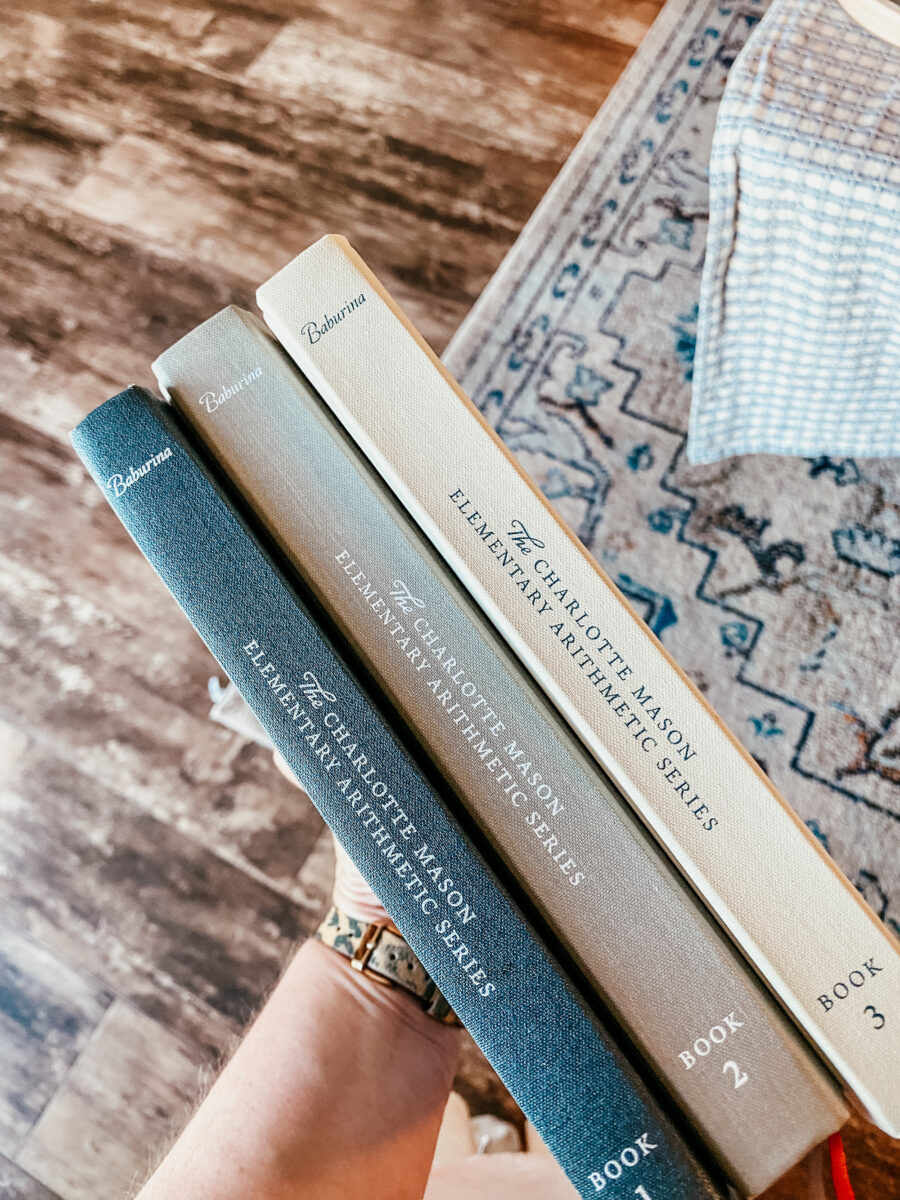
Year 1 math:
- We will begin with Number Stories: First Lessons in Number from Verily Schoolhouse before moving on to The Charlotte Mason Elementary Arithmetic Series, book 1.
Year 4 math:
- The Charlotte Mason Elementary Arithmetic Series, book 4. We may begin the year with some of book 3 as a review since we used a different program last year.
- Life of Fred
- Paper Sloyd
Year 6 math:
- The Charlotte Mason Elementary Arithmetic Series, book 6. We may begin the year with some of book 5 as a review since we used a different program last year.
- Charlotte Mason Practical Geometry, Part 1
- Life of Fred
- Paper Sloyd
Special needs math:
We will use Number Stories: First Lessons in Number from Verily Schoolhouse and continue working through The Charlotte Mason Elementary Arithmetic Series, book 1 and 2.
I had considered using the Business math series from Simply Charlotte Mason. The lessons are built around the children running their own fictional business. But I decided to save these for the summer months.
Geography
There will be plenty of fun things to include in the children’s geography notebooks this year! Year 1 is my favorite for geography lessons as they begin with land forms and work in sand trays. This is also a time where we can slowly start working on mapping.
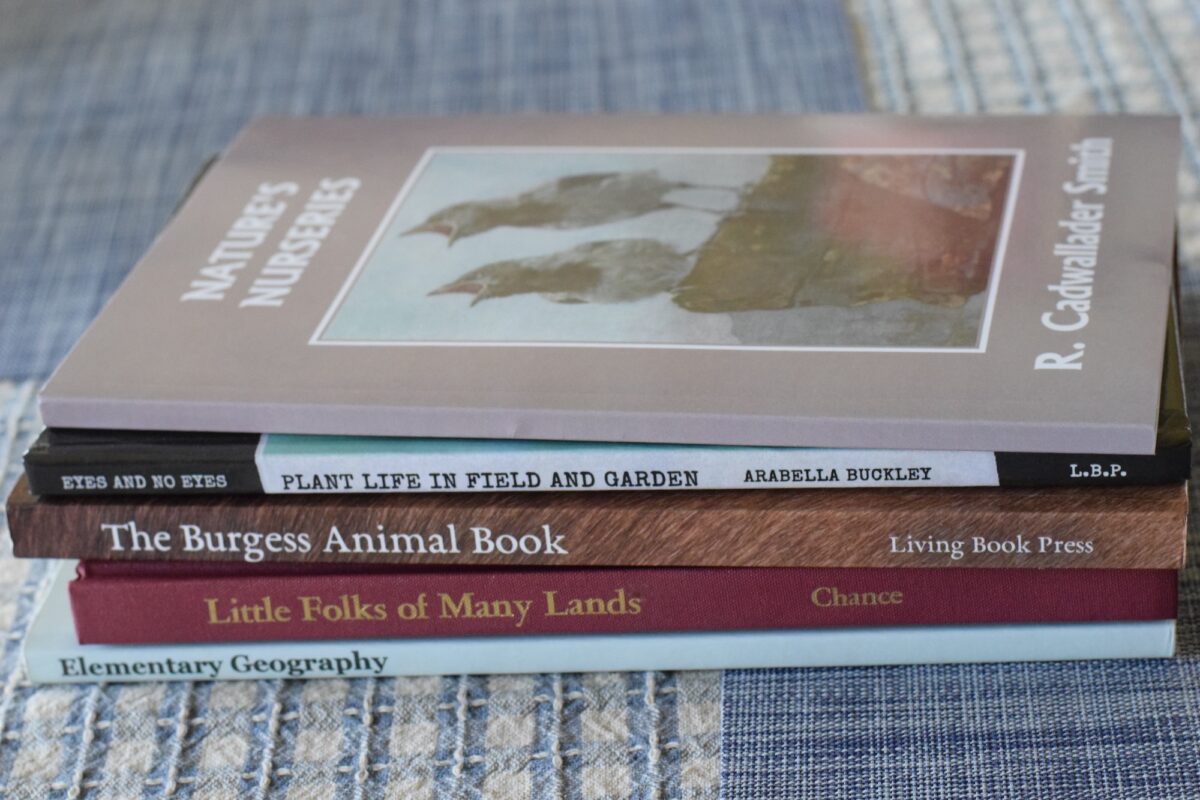
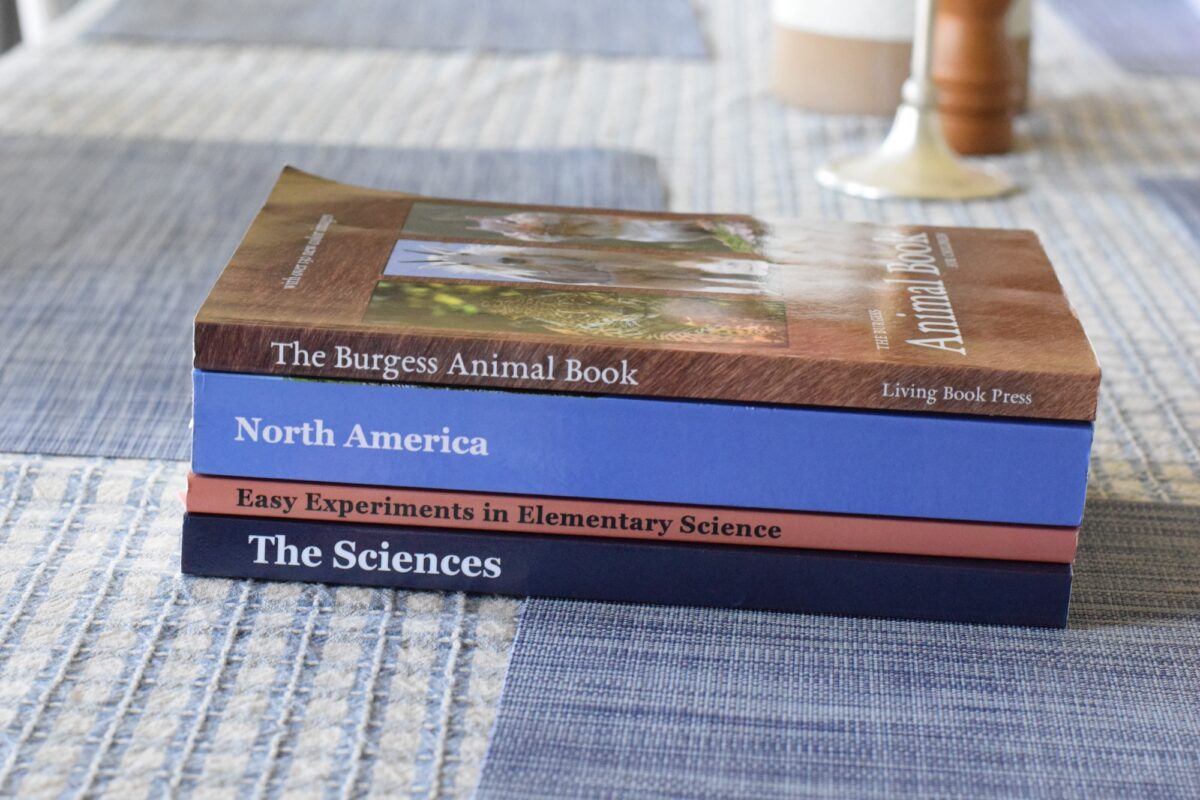
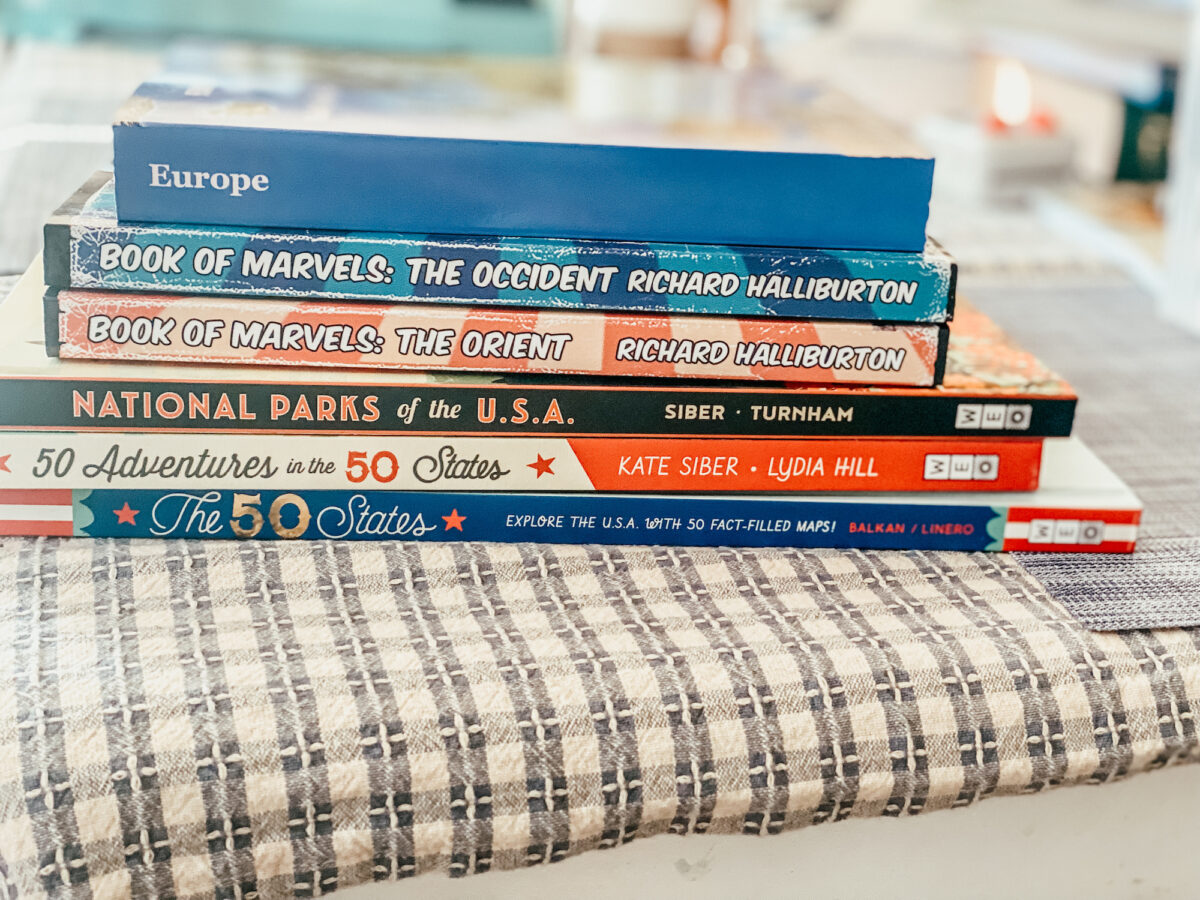
Year 1:
- Elementary Geography by Charlotte Mason
- Geography from A to Z: A Picture Glossary
- Little Folks of Many Lands
- + maps, globe, sand tray
Year 4:
- Nellie Allen’s North America and map work
- Mapping from adventure stories + history readings
Year 6:
- Nellie Allen’s Europe + map work
- US States + Capitals — are using the America the Beautiful set from Verily Schoolhouse
- The Book of Marvels: The Orient — we may also visit some chapters not covered last year from the The Occident if time allows.
Special Needs:
- We are working on map work and land forms for her skill level while reading through the Ambleside Geographical Reader by Charlotte Mason together.
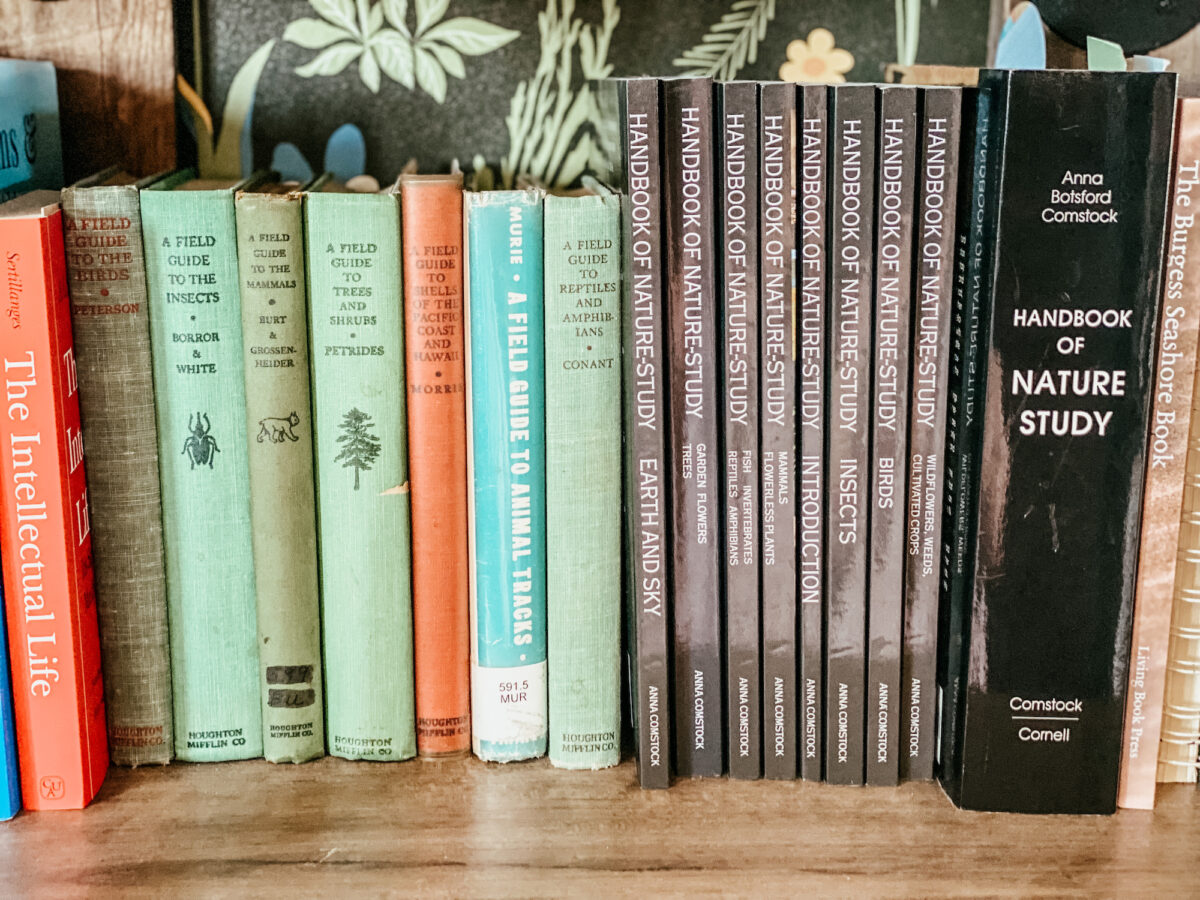
Natural history + nature study
I had considered using the Sabbath Mood curriculum for nature study as was recommend to me on IG. But, I decided to continue on with The CMEC. We’ve enjoyed their special studies and overall recommendations for natural history.
In addition, we will touch a bit on the sciences and experiments for my year 2 students. But it is also important to note that we don’t fall into too much of the analytical and remain in the poetic mode.
- Handbook of Nature Study
- Special Studies — following along with The CMEC. I’ve heard good things about Sabbath Mood Homeschool from other classical moms, if you’re looking for something more a la carte style.
- Eyes + No Eyes series
- Burgess Animal Book
- Nature Journals
- Star Lore
- Seasonal nature books
Musical Education
Lastly, I want to share how important musical education is to a classical education. It is an essential part of cultivating virtue, order, and harmony within the soul.
- sing hymns + folk songs
- composer study
- piano lessons — we have been using Hoffman Academy for the past 4 years now and the children really enjoy it. We are moving to string instruments next year for some of the children.
- Gregorian chant
I cover music much more in depth in this post: Musical Education in the Classical Homeschool
Final Thoughts
I know that it seems like a lot, but it really isn’t. All of this is divided up into 3 terms, over the whole year. And we still follow Charlotte Mason’s recommendation for short lessons. So, I try to be done with the bulk of our school lessons each day by 12-12:30, with our start time at 8 am.
Also I had to cut a lot from the recommendations from TCT. There is no way that we could manage as heavy of a load as they recommend and also be done with the bulk of lessons by lunch time. But my goals may be different than yours. We live on a working cattle ranch and are busy year-round. This is what works for my family to spread a generous feast of living ideas and things.
We also spend the time between lunch and dinner for afternoon occupations. During this time, we have tea time with poetry or a novel, piano practice, independent reading, handicrafts, nature study.
If we do not finish some of the independent reading, novels, and adventure stories, we will carry those on into the summer — but as a more leisurely scholé approach.
Lastly, I want to mention that we started to incorporate more audiobooks into lesson time for the older students. And to keep it screen free, we use Yotos in our homeschool.
Related: How We Use Yotos in a Classical Charlotte Mason Homeschool
Resources for the Mother Teacher
These are a few resources that have helped me in my journey and I hope that they are helpful for you too!
- The Home Education Series by Charlotte Mason
- “The Death of Christian Culture” by John Senior
- “The Restoration of Christian Culture” by John Senior
- “John Senior and the Restoration of Realism” by Fr. Francis Bethel
- Poetic Knowledge by James S. Taylor
- Awakening a Sense of Wonder in the Mother Teacher
- An Education in Wonder + Changes to our Homeschool
- The Children’s Tradition Curriculum — Use code: JOYFULLYDOMESTIC for 10% OFF!
- The Schoolyard for Swedish Drill— Use code: JOYFULLYDOMESTIC for 10% OFF.
- Fairytales, Fables, Legends, and Myths in a Catholic Education
Share your thoughts with us!
→ How is your homeschool planning going? What are you using for the 2025-2026 school year? Let us know in the comments section below! ♡
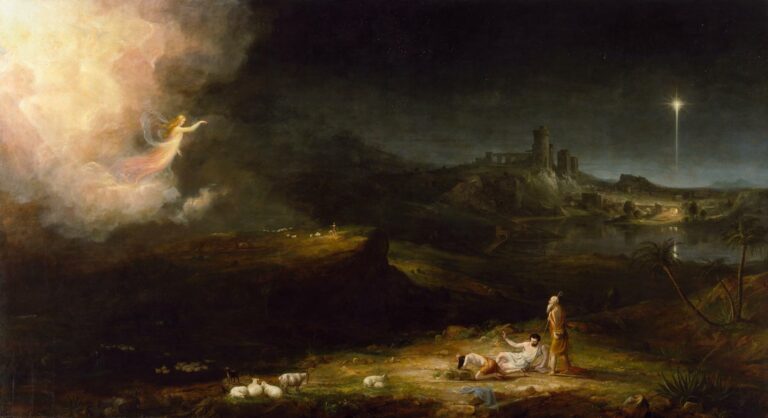

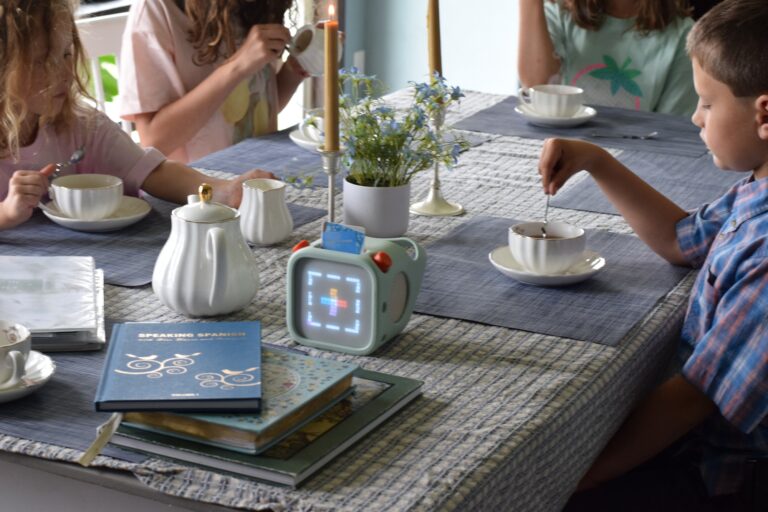
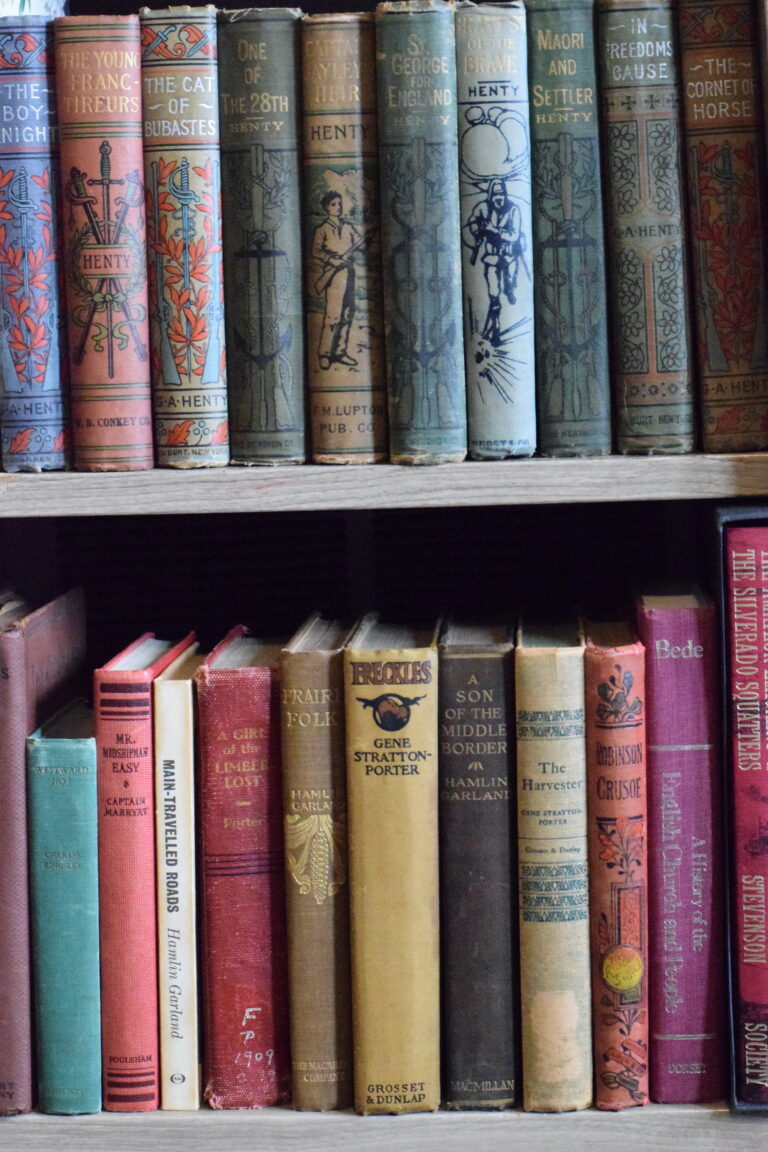
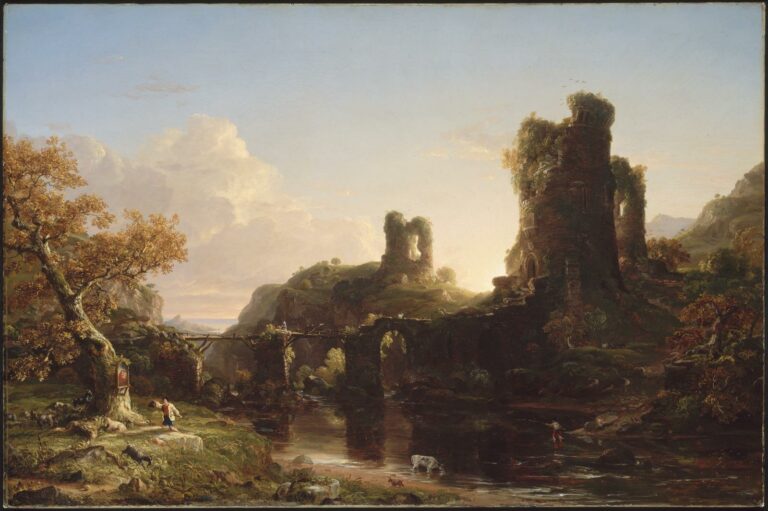
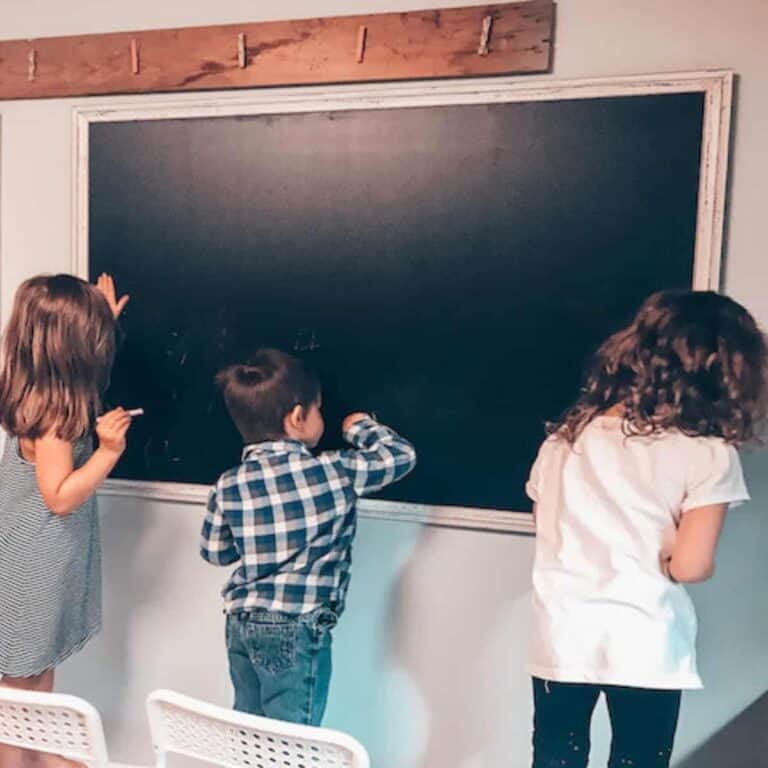
Thank you Mary for taking the time to show us all that. I read with great interest as I am attempting a similar thing, though I have a 14 year old girl in the mix as well as the younger two. I don’t think she’s that keen on adventure stories so I have relied more on the CMEC for choices, but still pulled a few from the TCT 2 year catch up list. I have found it quite enjoyable to be putting together the two curriculums, and as you noted there is some overlap. I have also made many of the same choices you have, though I have replaced all the US history with Australian and added a little Australian natural history . This is quite a challenge as we are much more limited in suitable books, but a fun challenge nonetheless. You have listed a few in there that were not on my radar so I will check those out.
God bless, Tania
Hi Tania!
It is so fun to see what everyone is putting together for their homeschool year—and I love to see how others are combining between The CMEC and TCT. What years are your other students in?
I’m not sure if you’ve seen these resources, but thought I’d share if you find yourself struggling to find something you love for your area. I didn’t dig too deeply into them, but maybe they will be helpful for you or other Australian homeschoolers who read this post. 🙂
Australian History Resources: https://materamabilis.org/ma/subjects/history/national-history-outline-for-australian-students-levels-1b-to-5/
Australian Nature Study: https://naturestudyaustralia.com.au
God bless you!
Mary
Hey, thanks for this!
I also use CMEC and Catholic resources and my three school-age kids are each a year ahead of yours. I’m a little scrambled this year, though, as I’m expecting my fifth sometime in September! So trying to keep things low-key and unambitious (but consistent and faithful!) in this transition year, which of course follows the previous half-year of transition when I was very morning sick. Keep reminding myself it’ll be worth it for a new sibling!
Thanks for sharing! Low-key is necessary sometimes 🙂 Hope you have a lovely and peaceful school year ahead!
-Mary
Thank you for sharing! Could you share your reasons for combining the two programs rather than just using one? I’m only asking because I’m tempted to do the same for next year but not sure if it’s worth the financial cost ( I also have two older students(8th/10th) enrolled in MODG).
-Val
Hi Val, it really comes down to a love for both options. I have not ever found a perfect curriculum for all of the needs of our family. I love both CMEC and TCT — I especially love the poetic mode of education and it was what our family was missing in our previous years. 🙂 But the meshing of both curriculums, plus adding in some Catholic sources, too — has really been a great option for our family.
This was so interesting and helpful to read as a first-year homeschooling mama! (Though I was homeschooled myself through 12th grade so I’m familiar with things from that end – been dreaming of being a homeschool mom since I was about 8 years old!) We are signed up with the CMEC and my oldest son is 5, turning 6, so we’re doing Kinderleben. I also have a 4 year old son, 2 year old son, and 7 month old daughter. However, I have also stumbled across TCT through people I’ve been following who used CMEC formerly and I’m very intrigued! I was trying to find people who have combined CMEC and TCT and came across your blog. It’s awesome to know that it can be done! I am contemplating doing that for Form 1B next year. I knew nothing about the poetic mode of learning until listening to Amanda Faus talk about it and it resonates SO much with me! I need to check out John Senior’s reading list and see if we might incorporate some of his books even this year.
Wow, since 8?! That’s amazing! I really love the Kinderleben program from The CMEC and am a tad disheartened that all of my children have outgrown that age. It is really easy to combine the two programs because there is a lot of crossover with the rich living books. However, there are many that John Senior has mentioned that I’ve never heard of! So, it’s also a great option for us mother-teachers to continue our educations! 🙂
I feel like I could have written this post. Had all of the same sentiments and feelings. Where do you get your old beautiful vintage copies of your books? I would love some pretty versions.
Thank you! I have found them from so many sources: Etsy, Ebay, Thrift stores, Thriftbooks, Biblio, Abebooks, etc. I just shop around for a specific edition or book that I’m looking for. 🙂
What are your thoughts on Our Lady of Victory? I am thinking of purchasing their religious materials for next year.
Hi Jenny, I think that they are fine for some of their books and resources. However, we follow The Children’s Tradition for the bulk of our homeschool, so the curriculum offered by OLVS is not a good fit for our family. Hope that helps. 🙂
-Mary